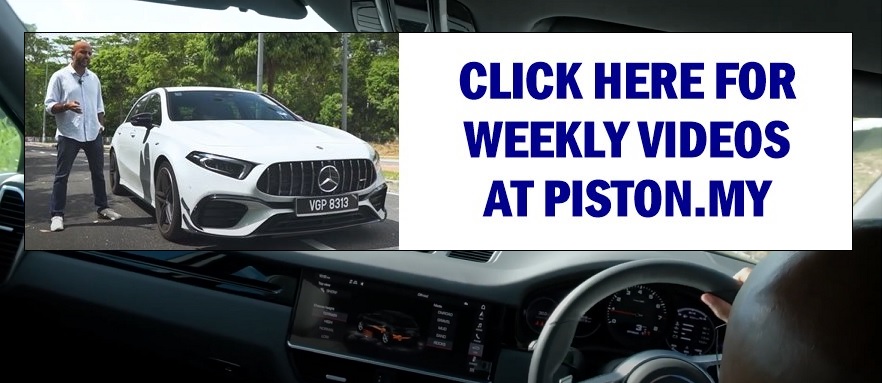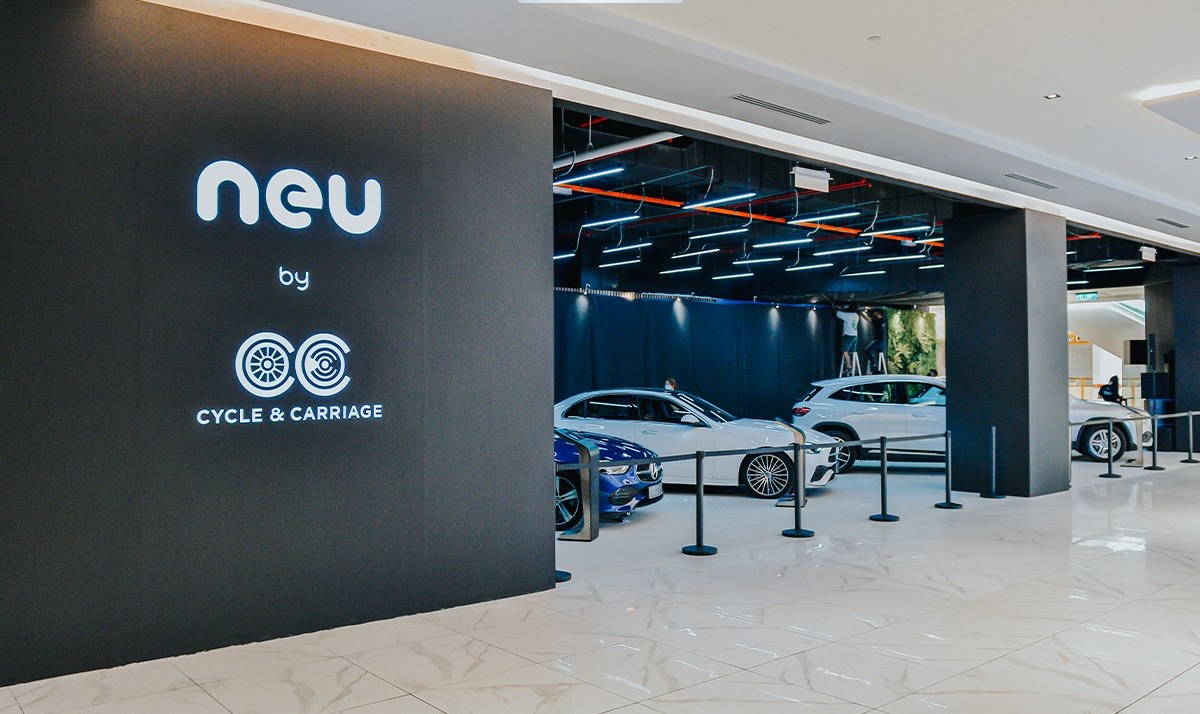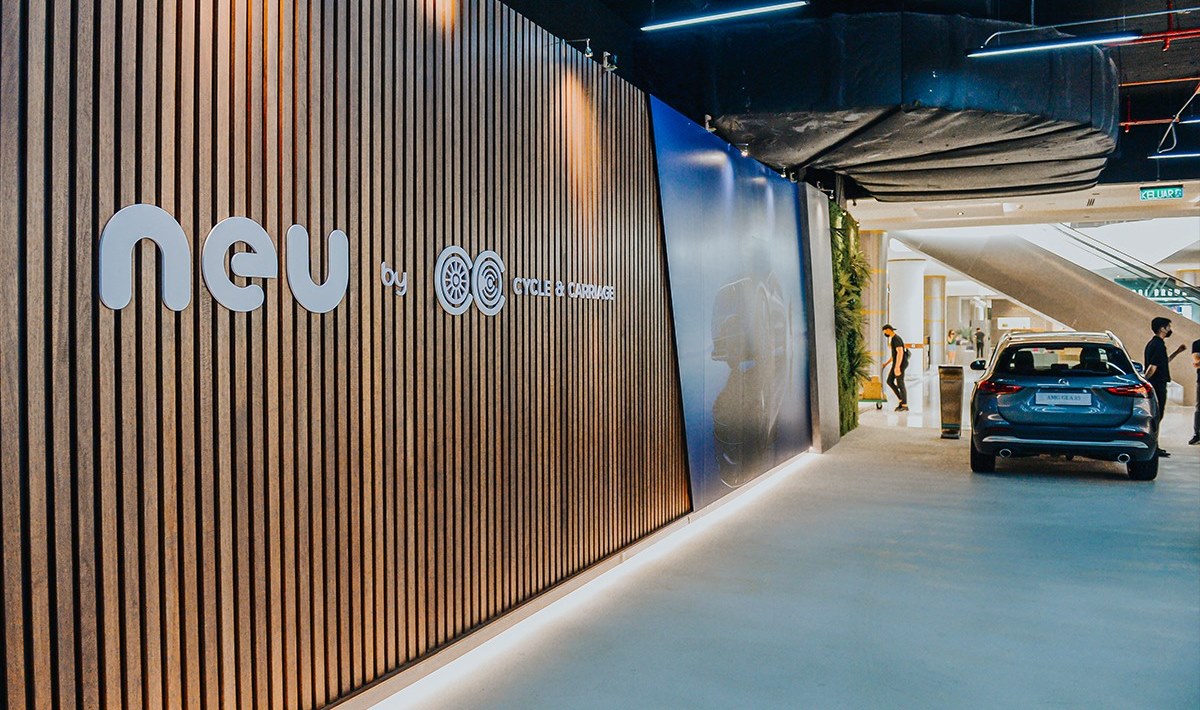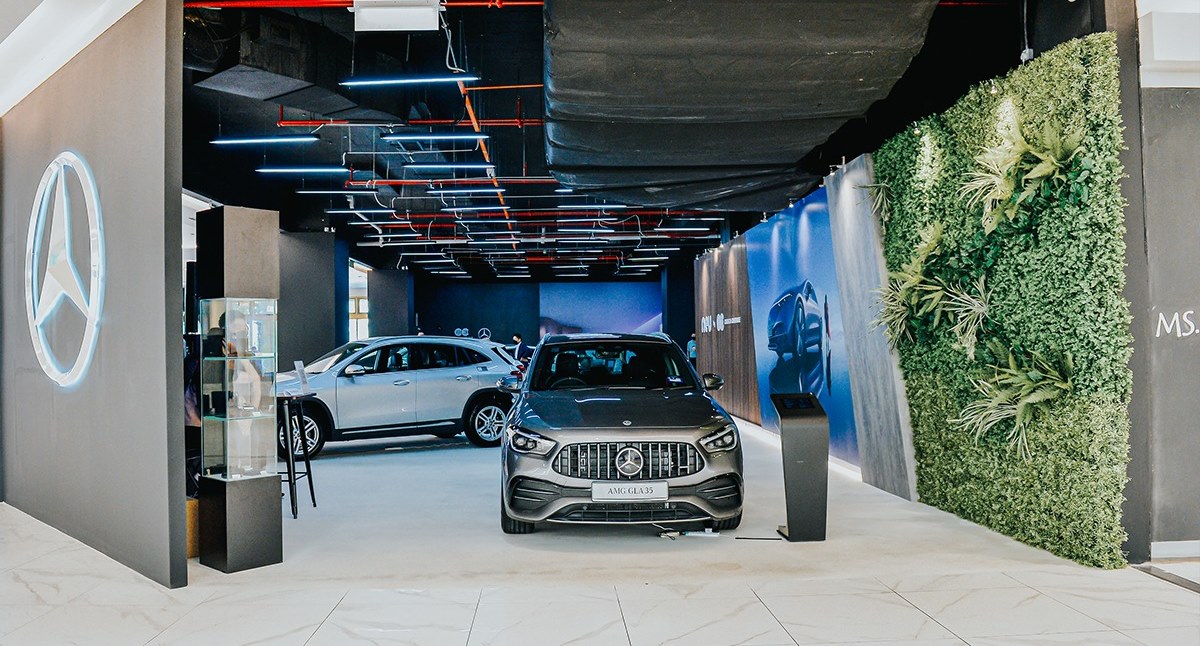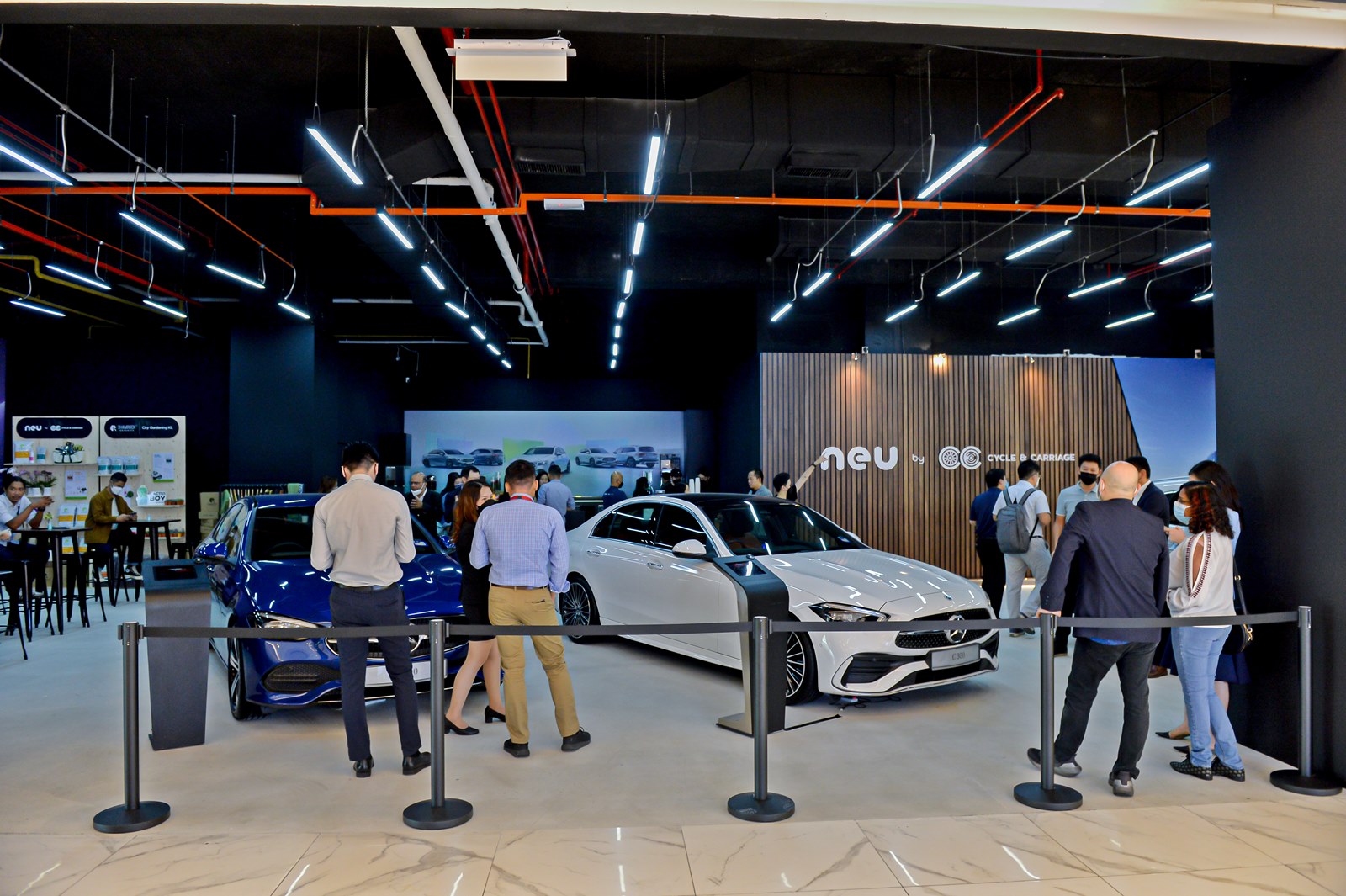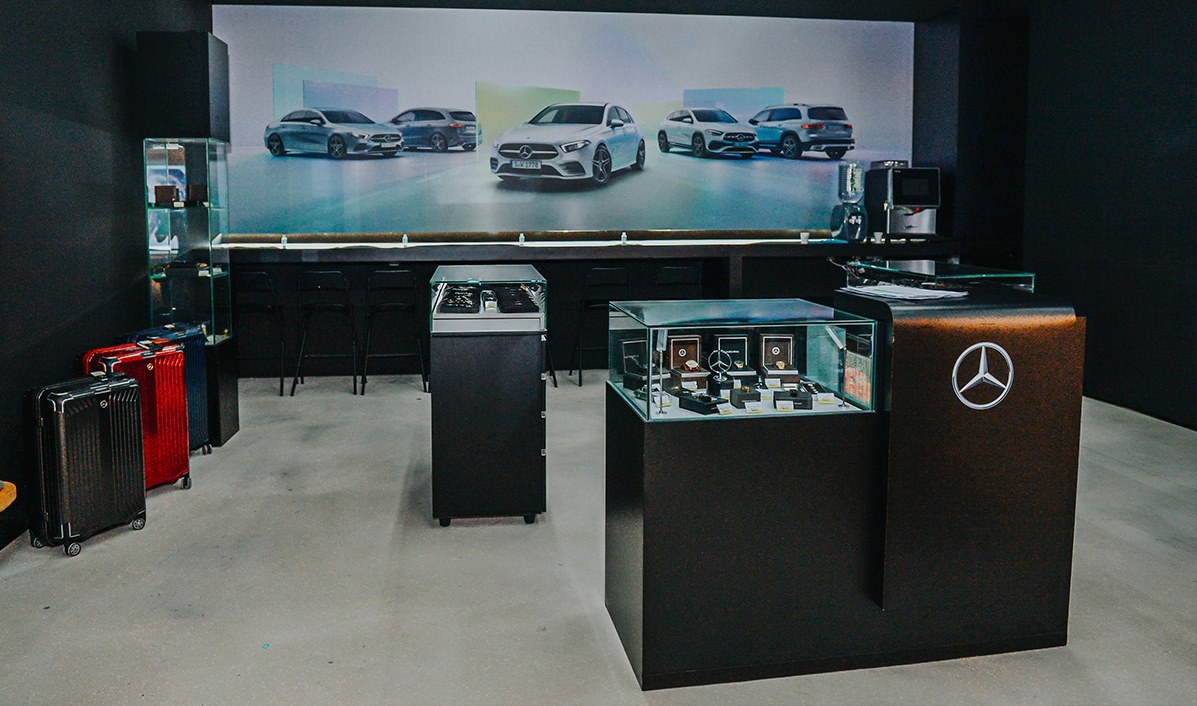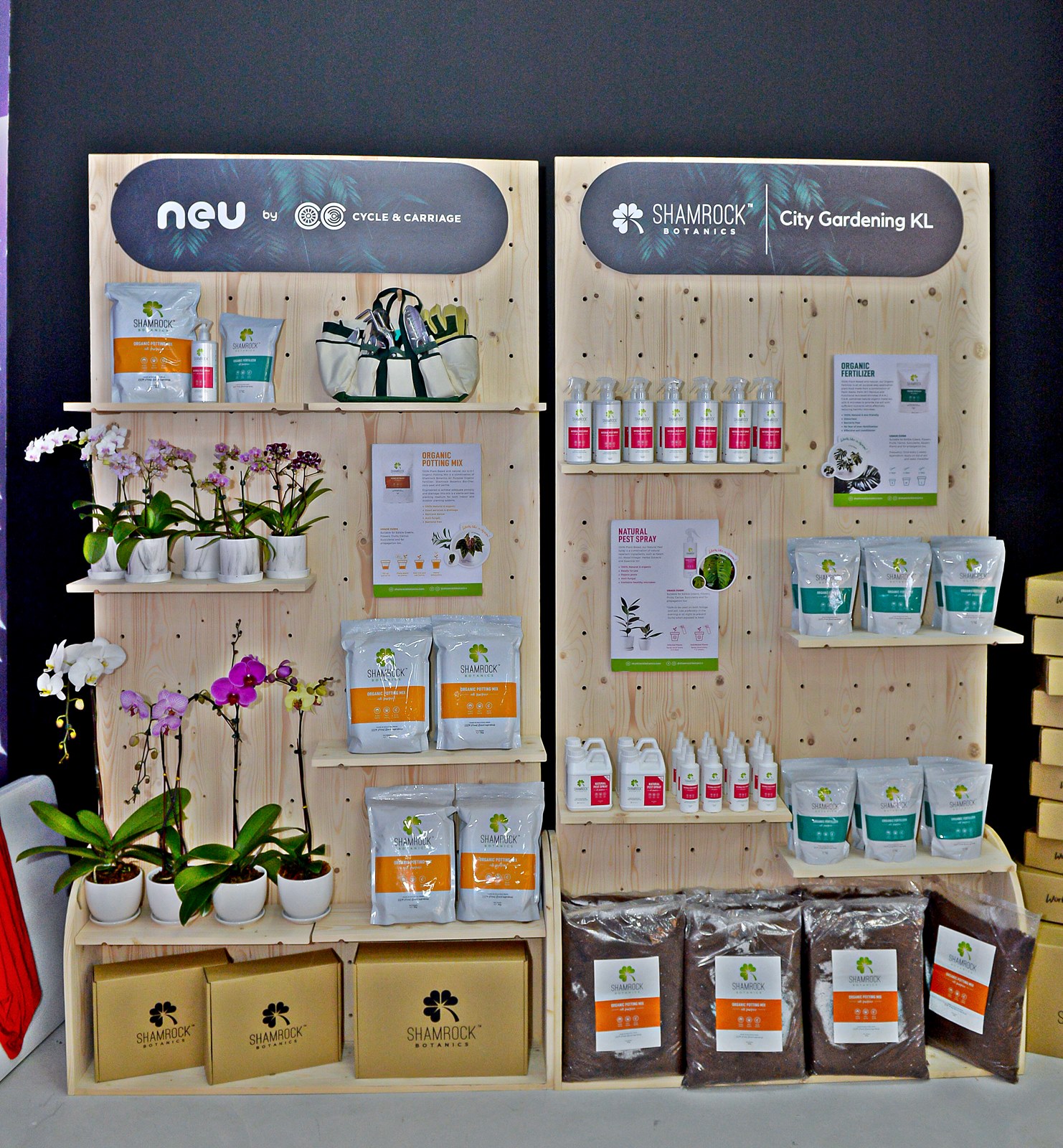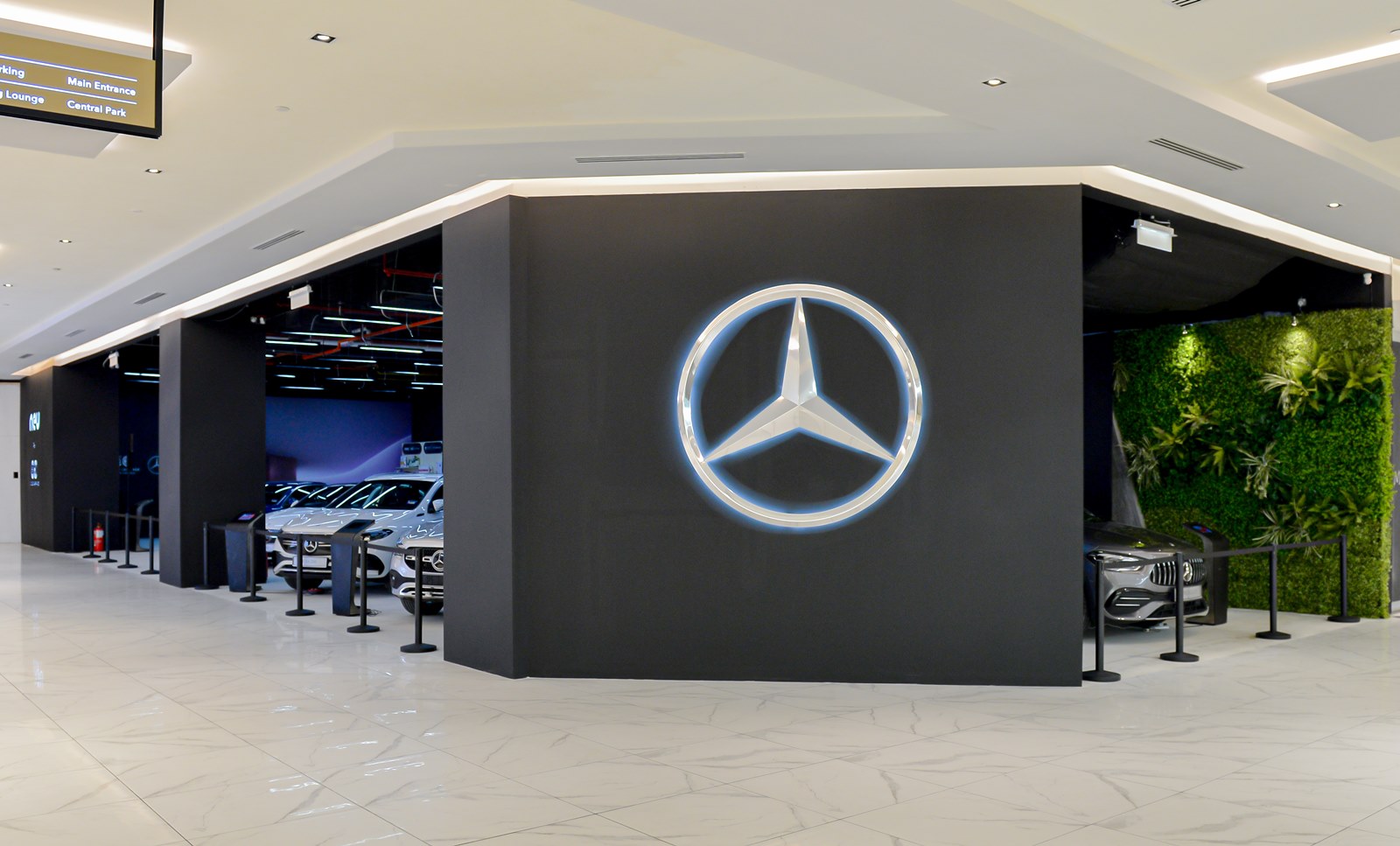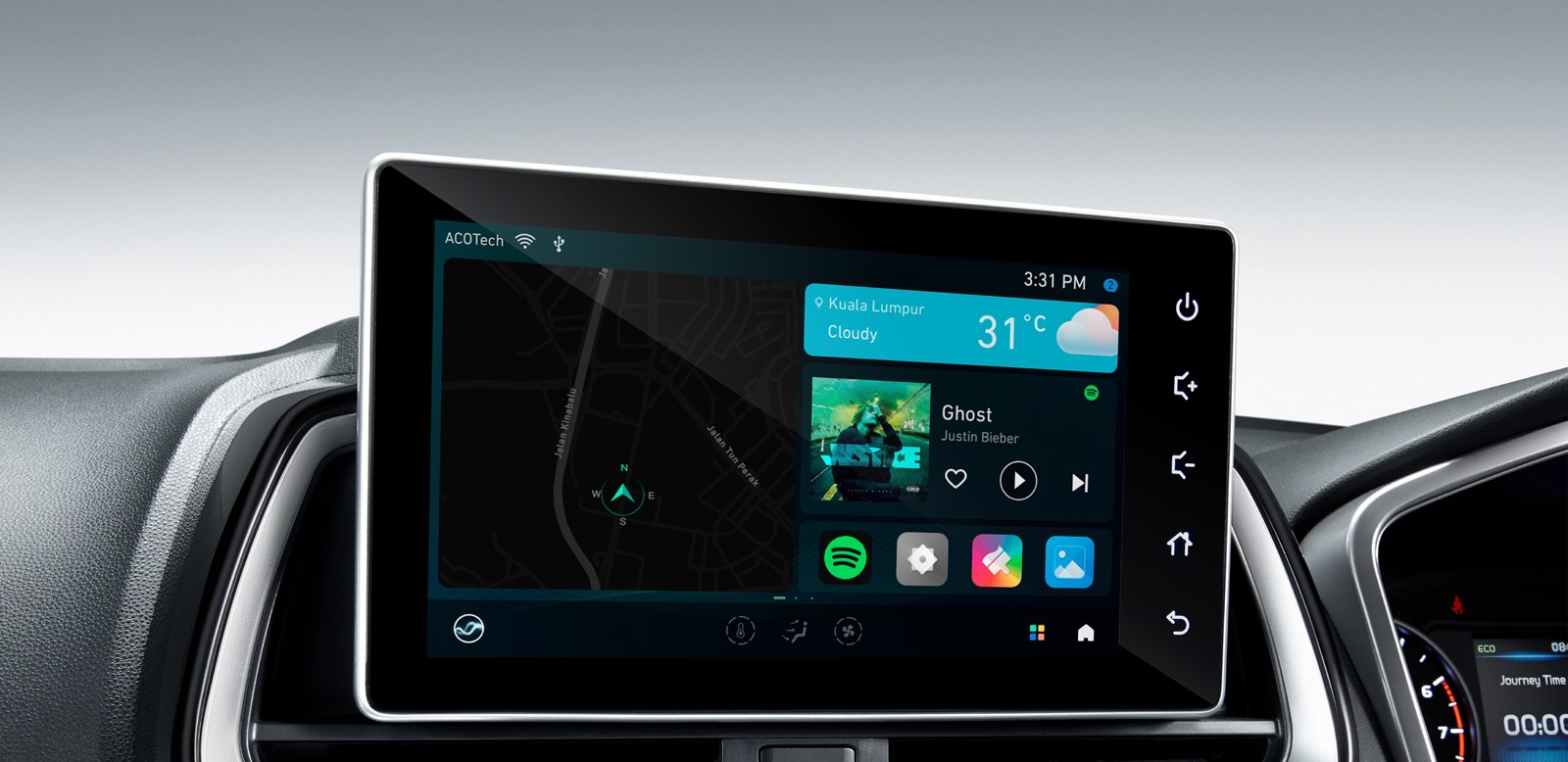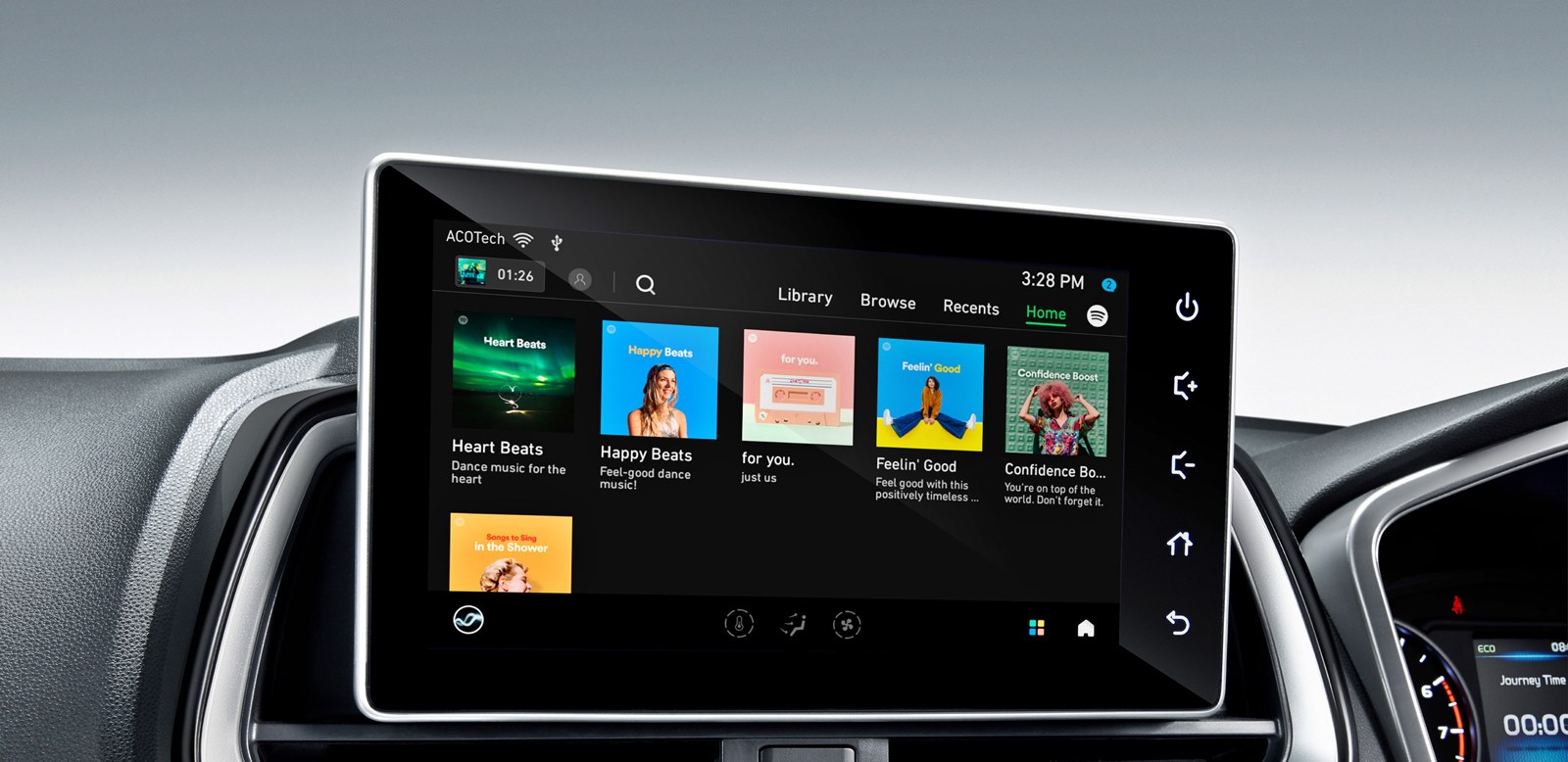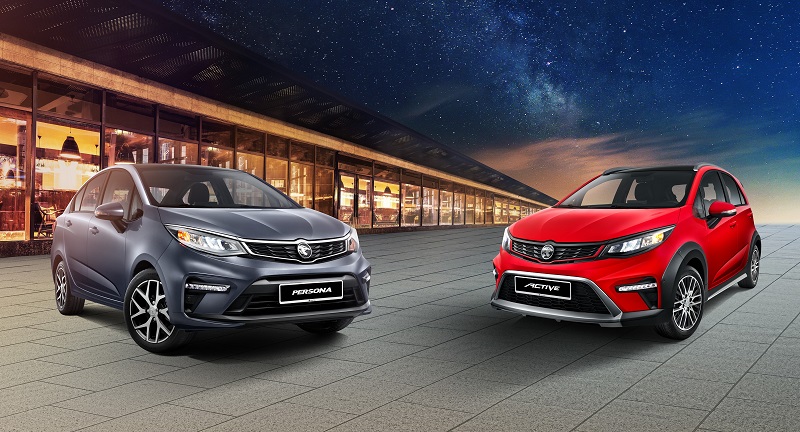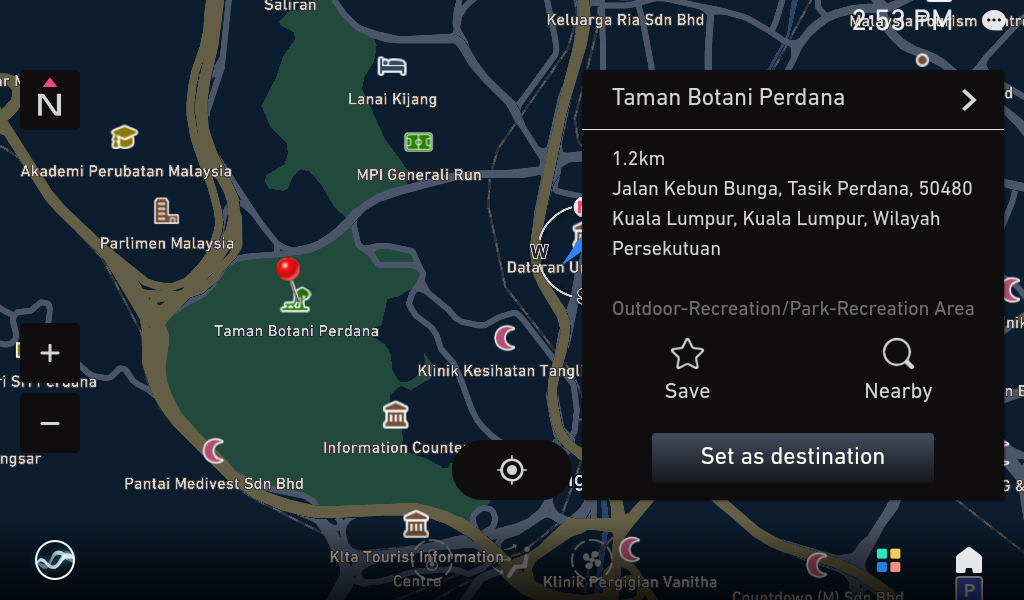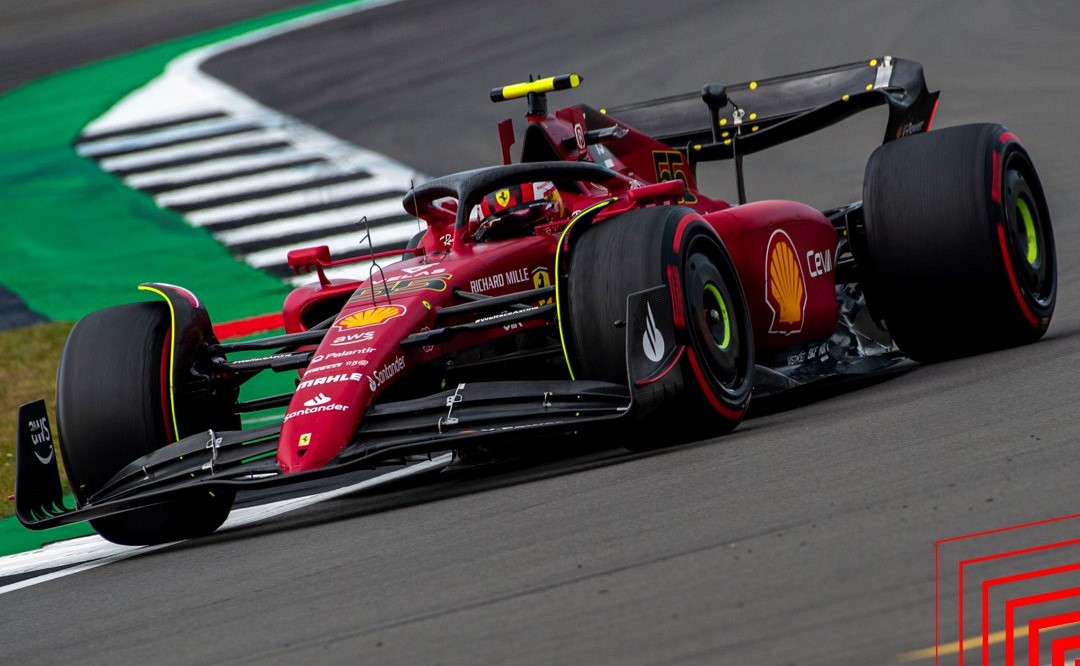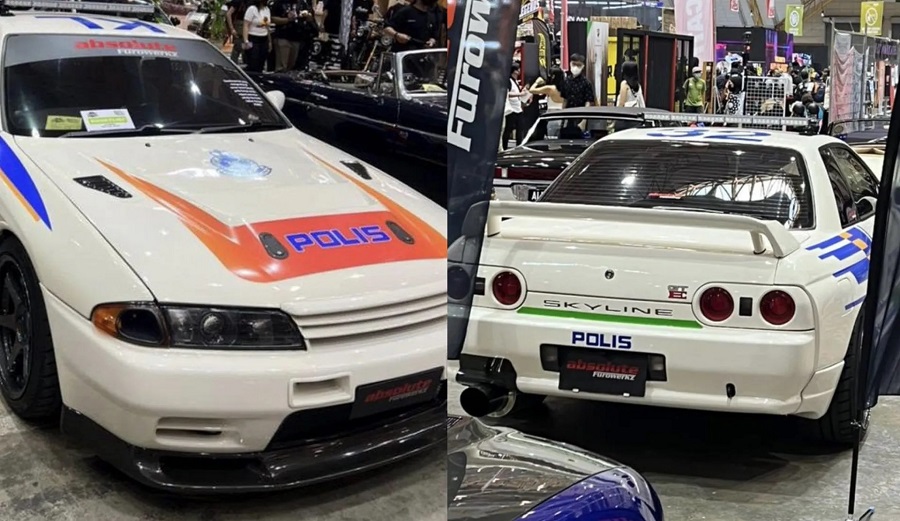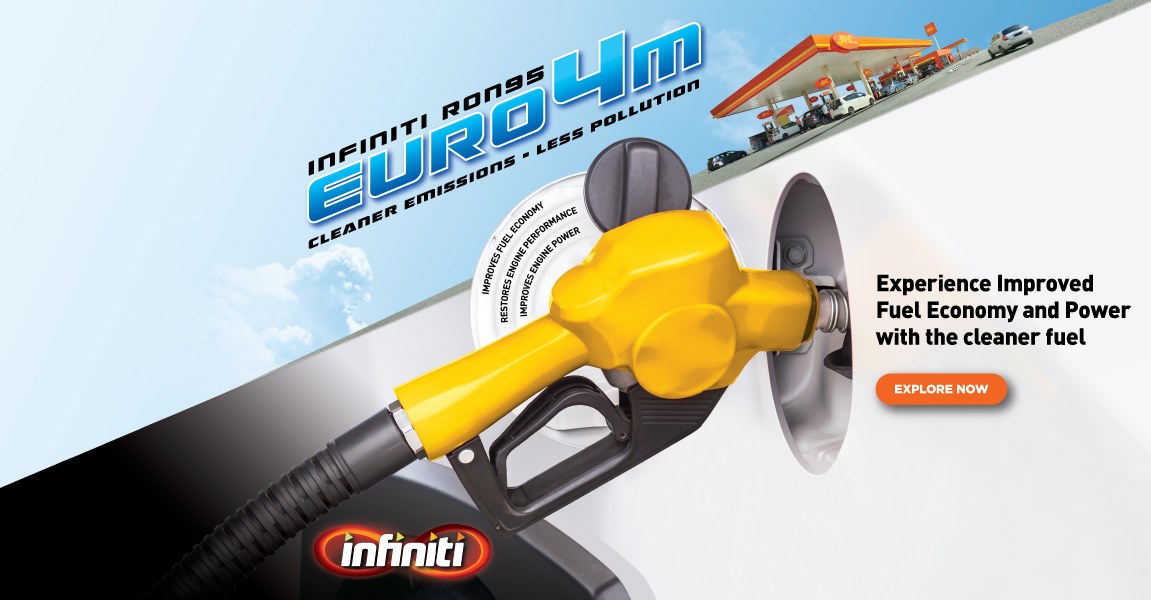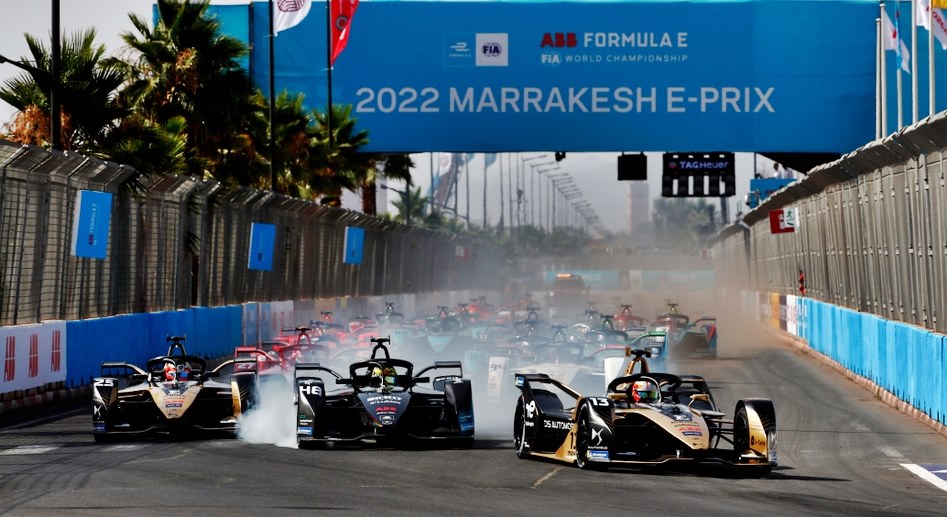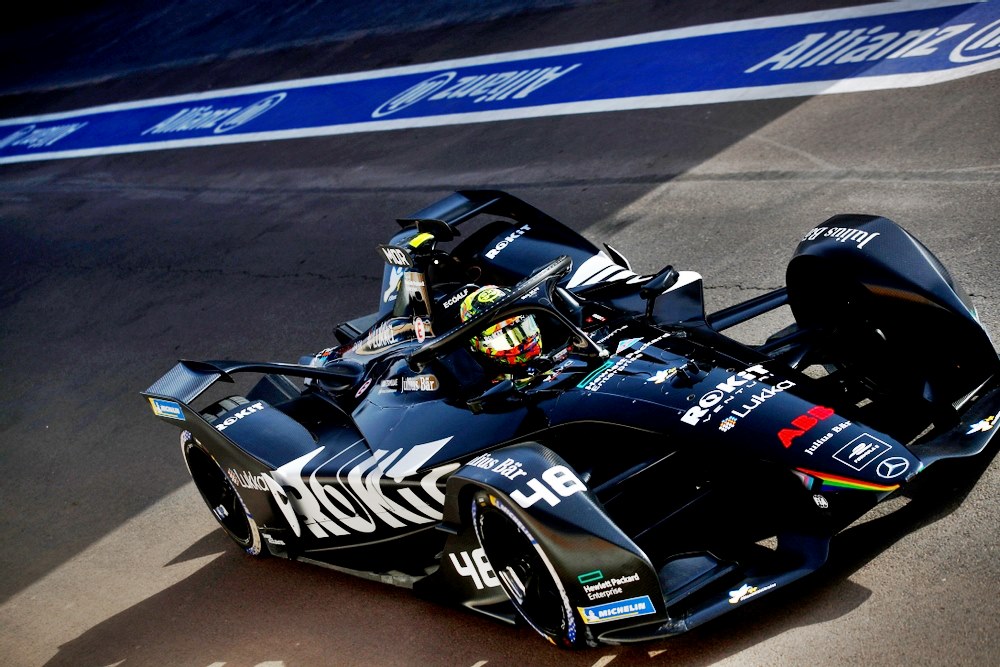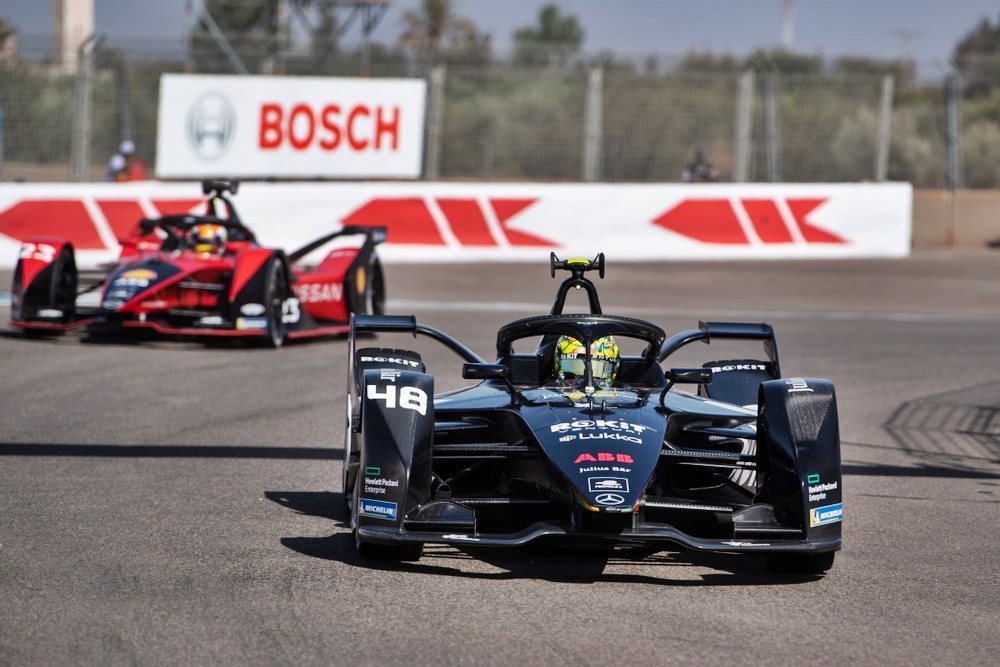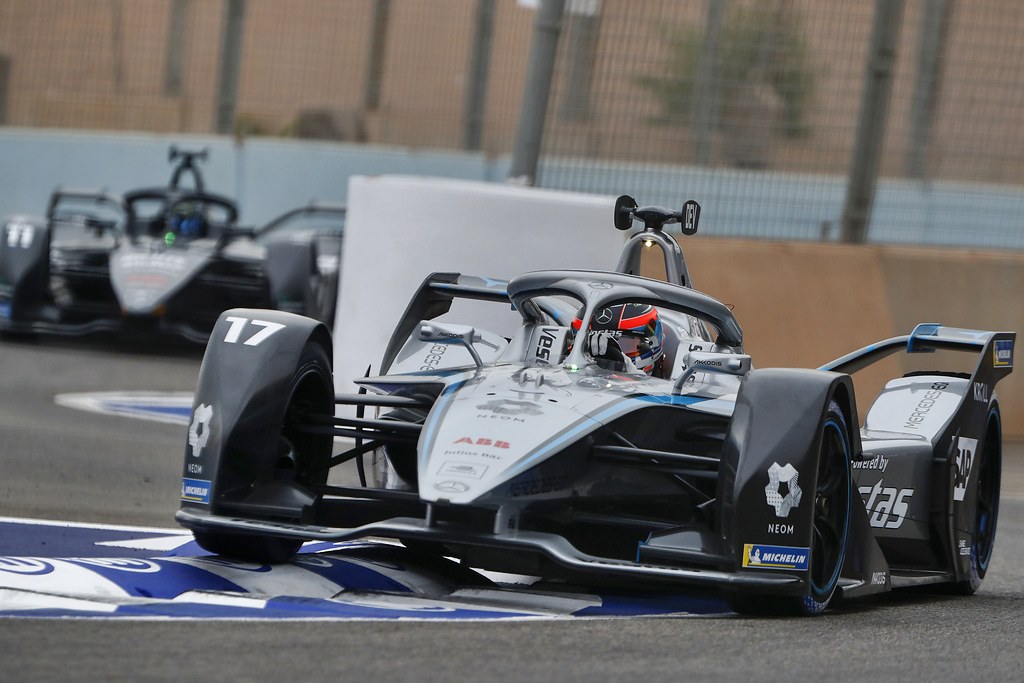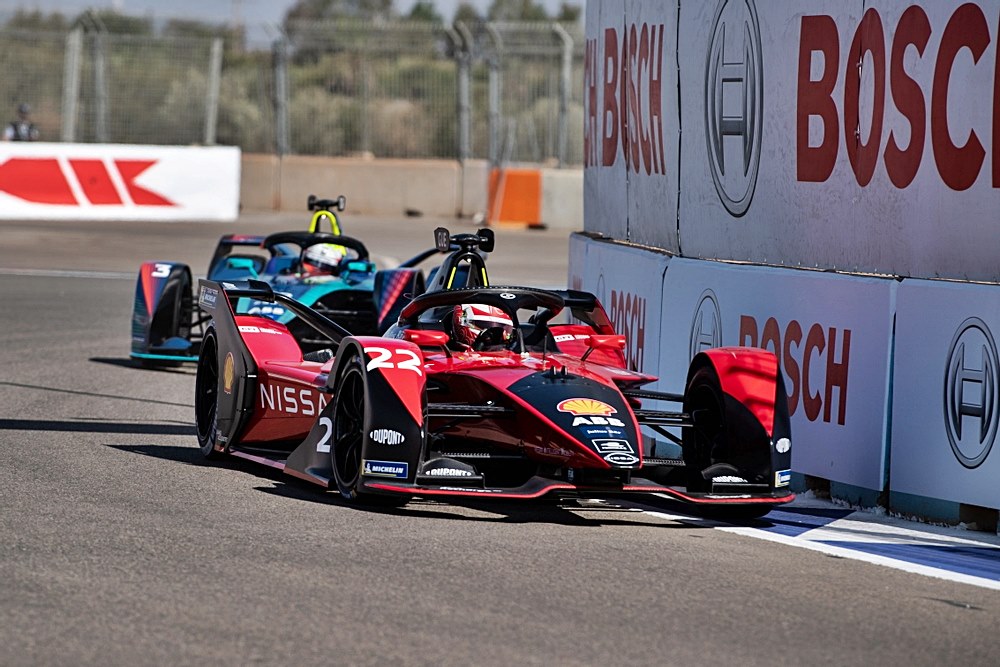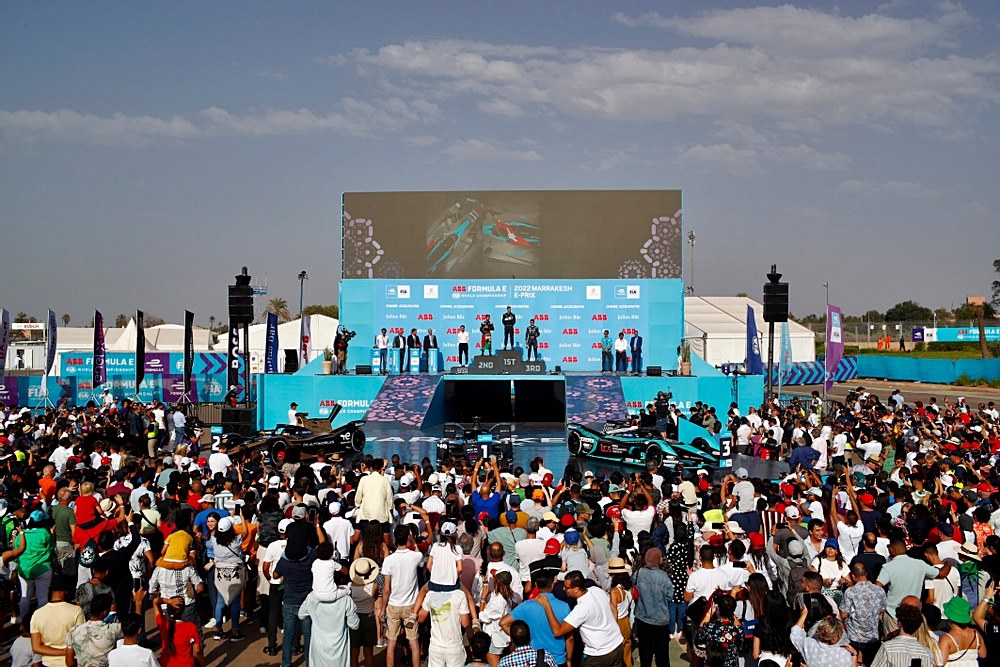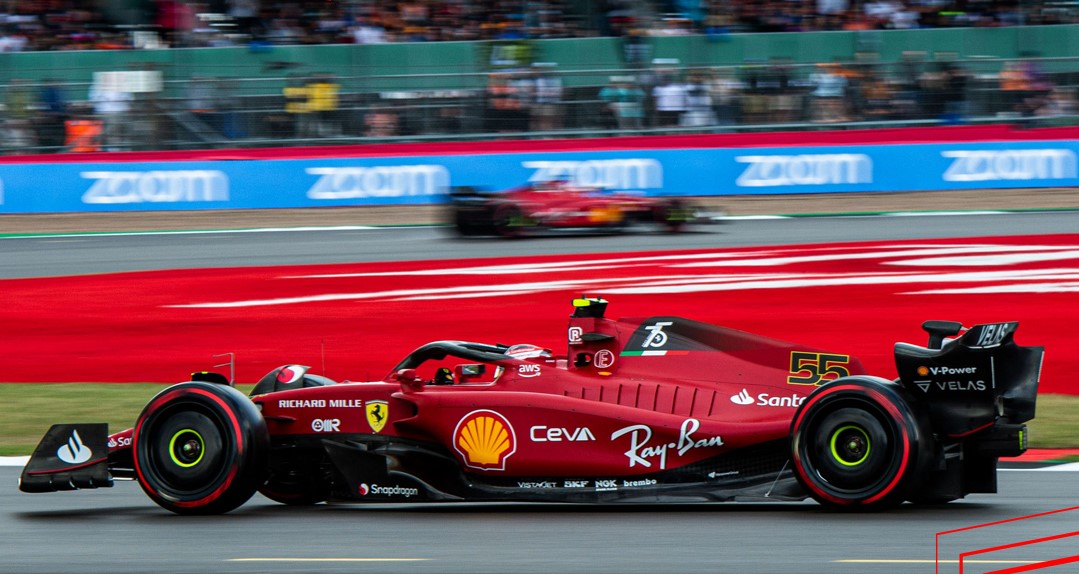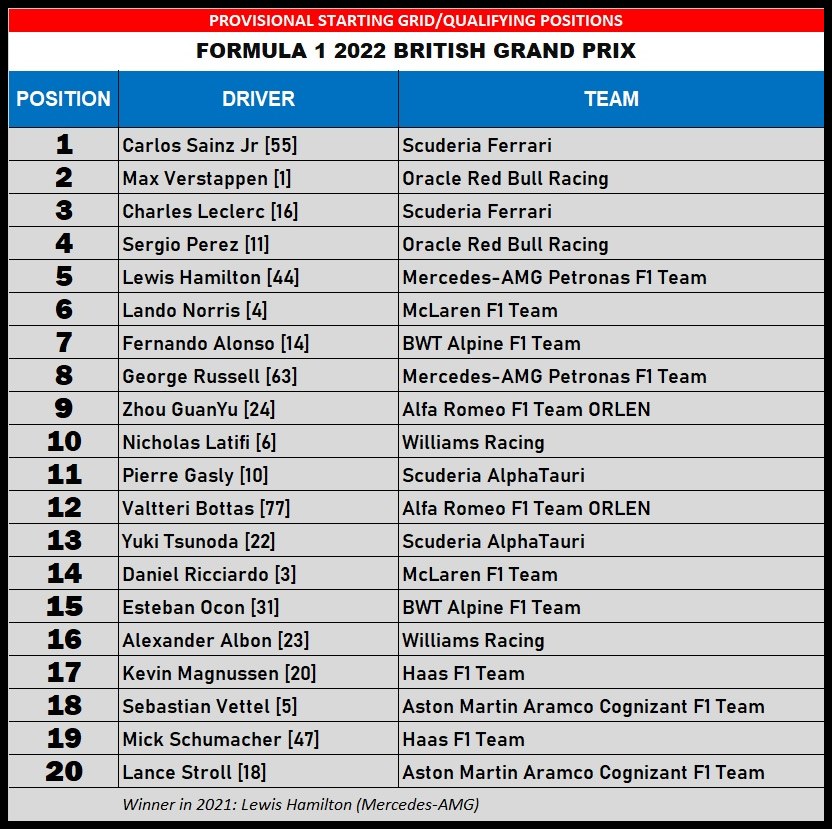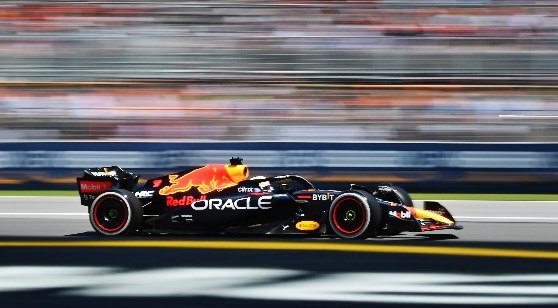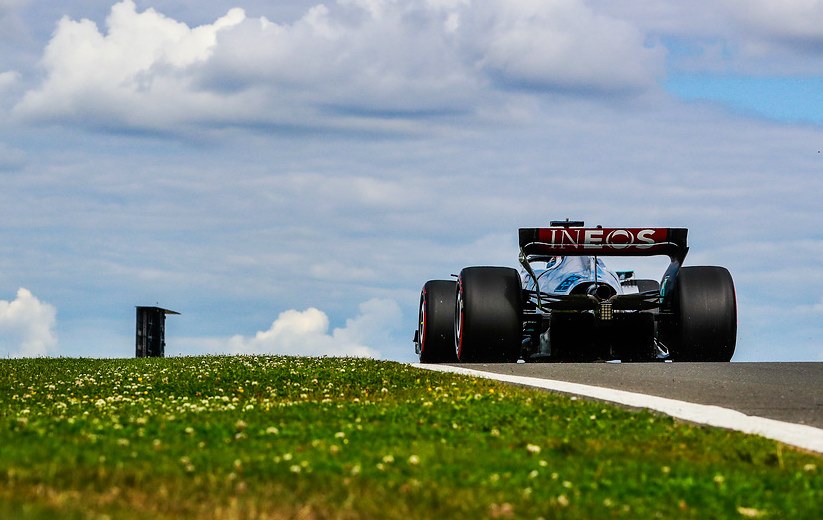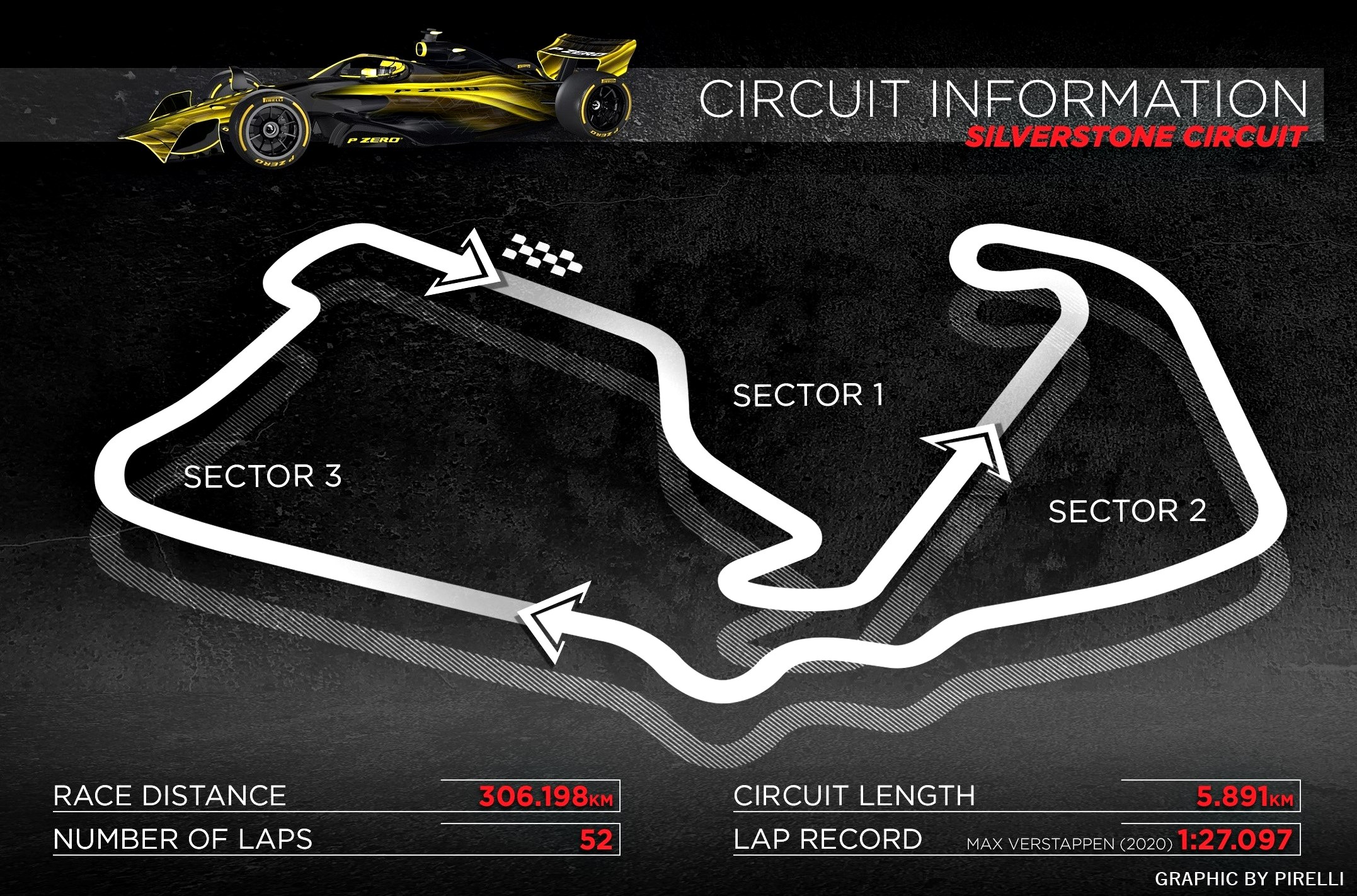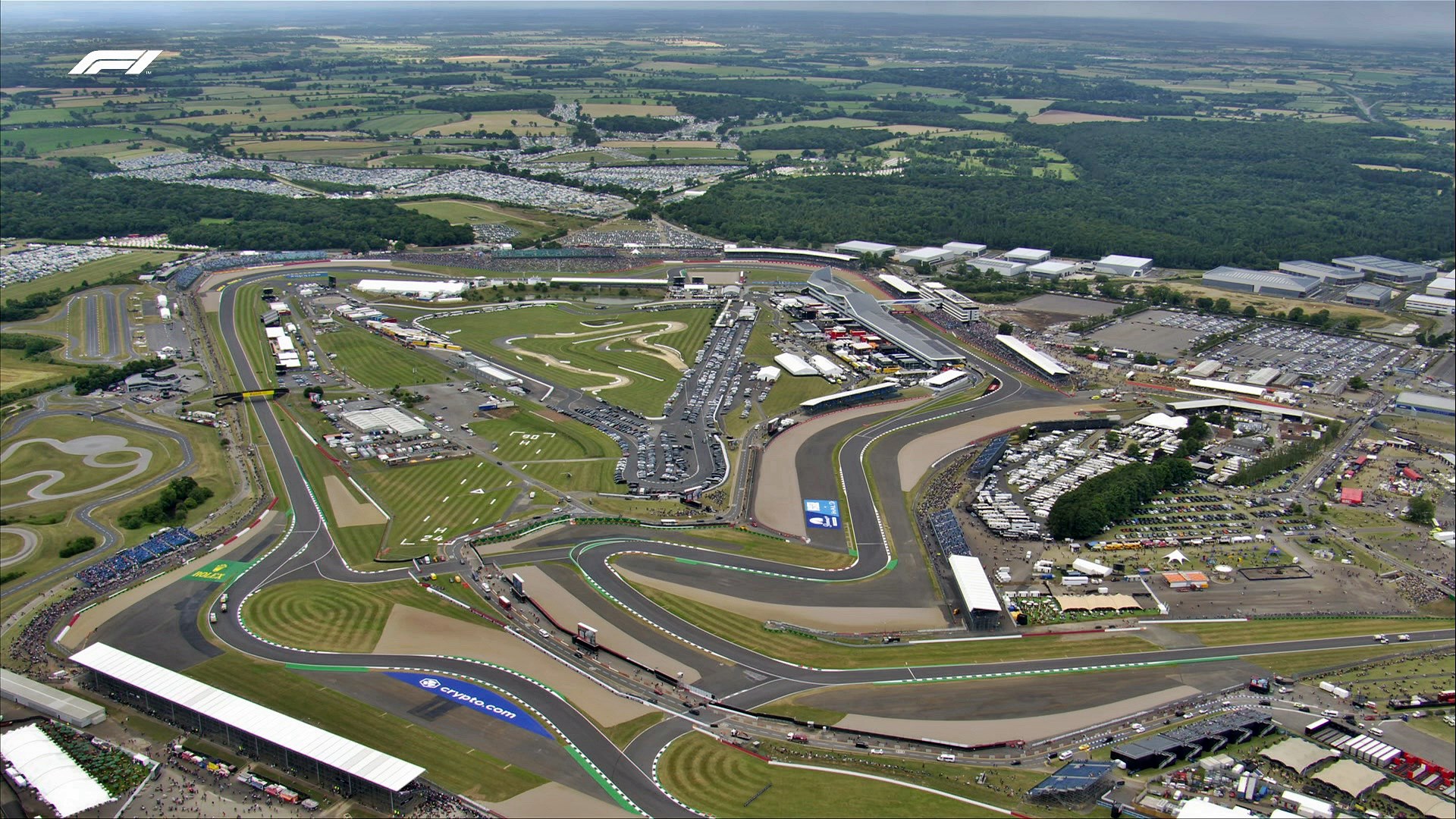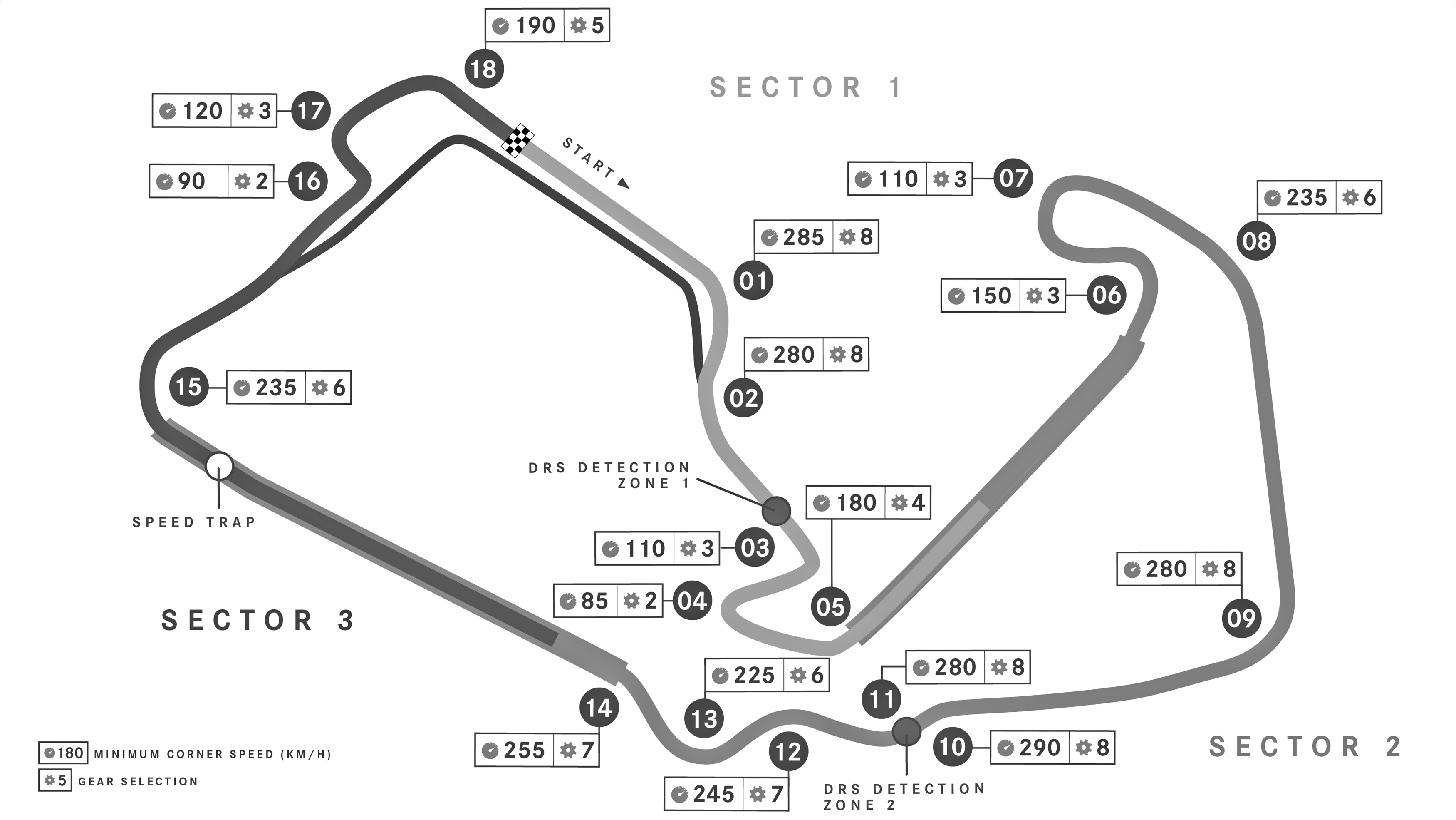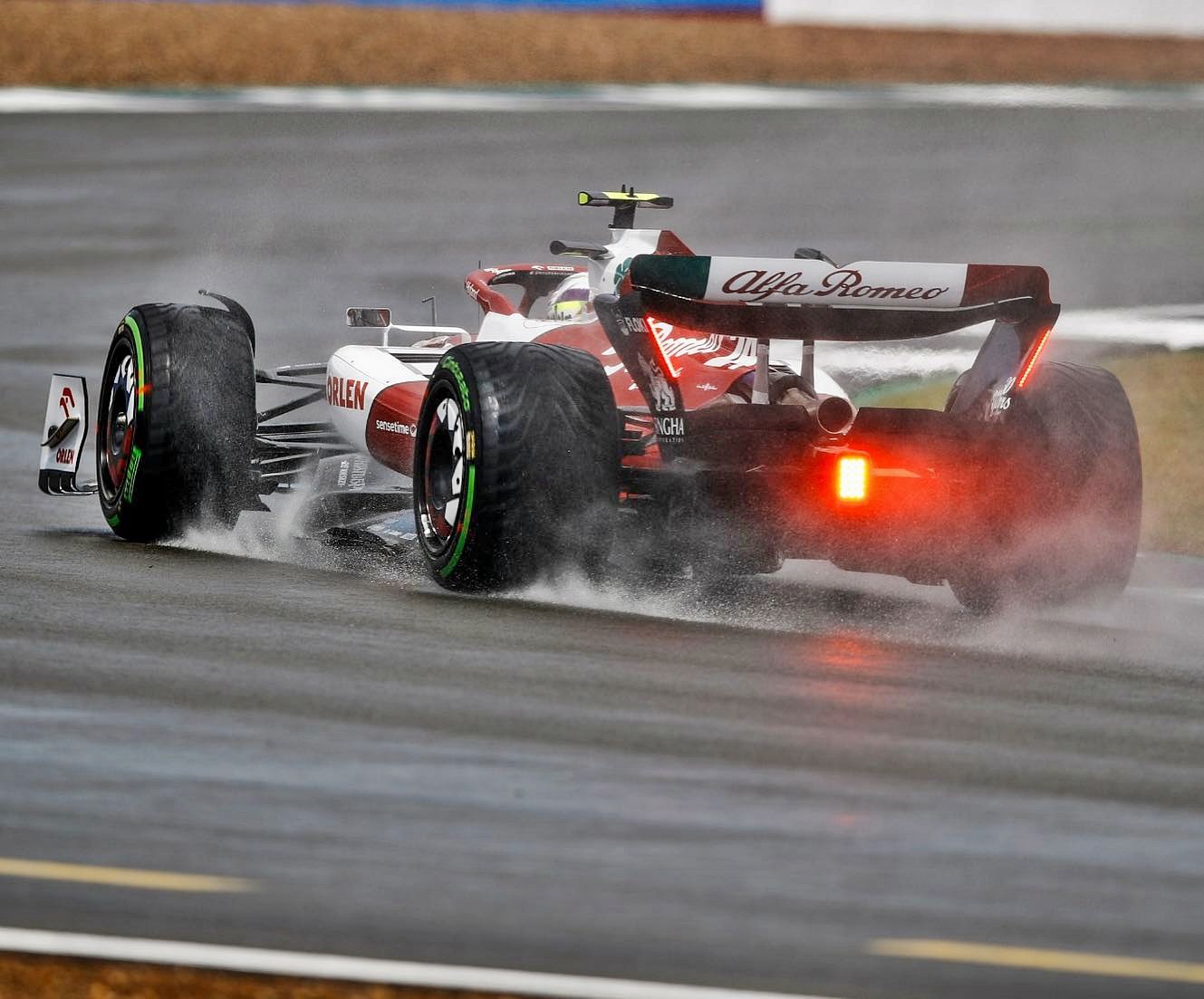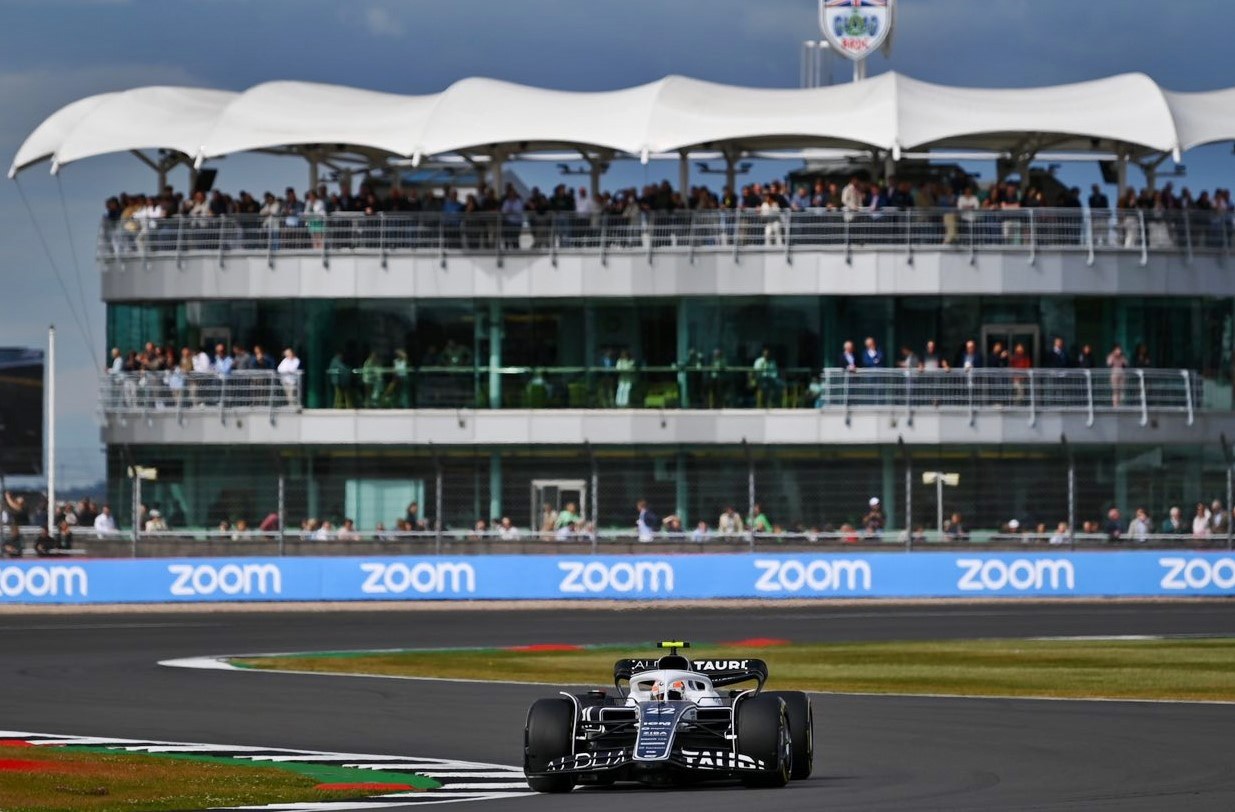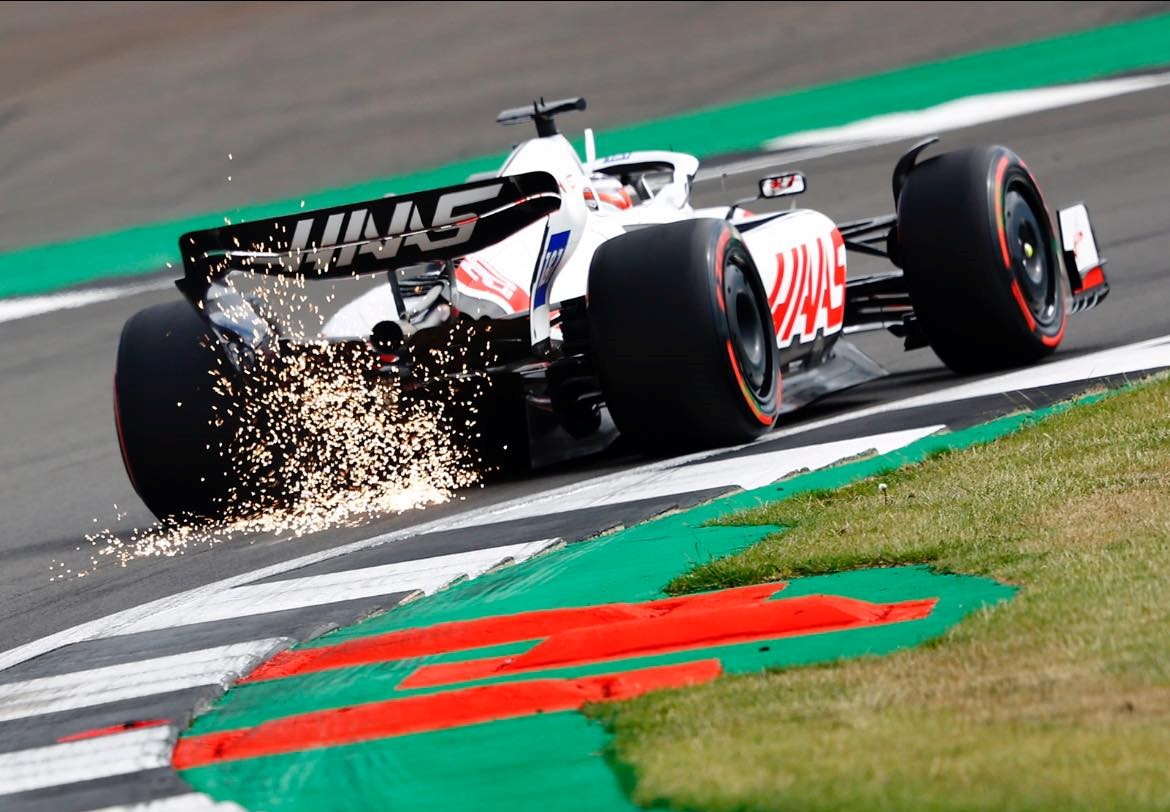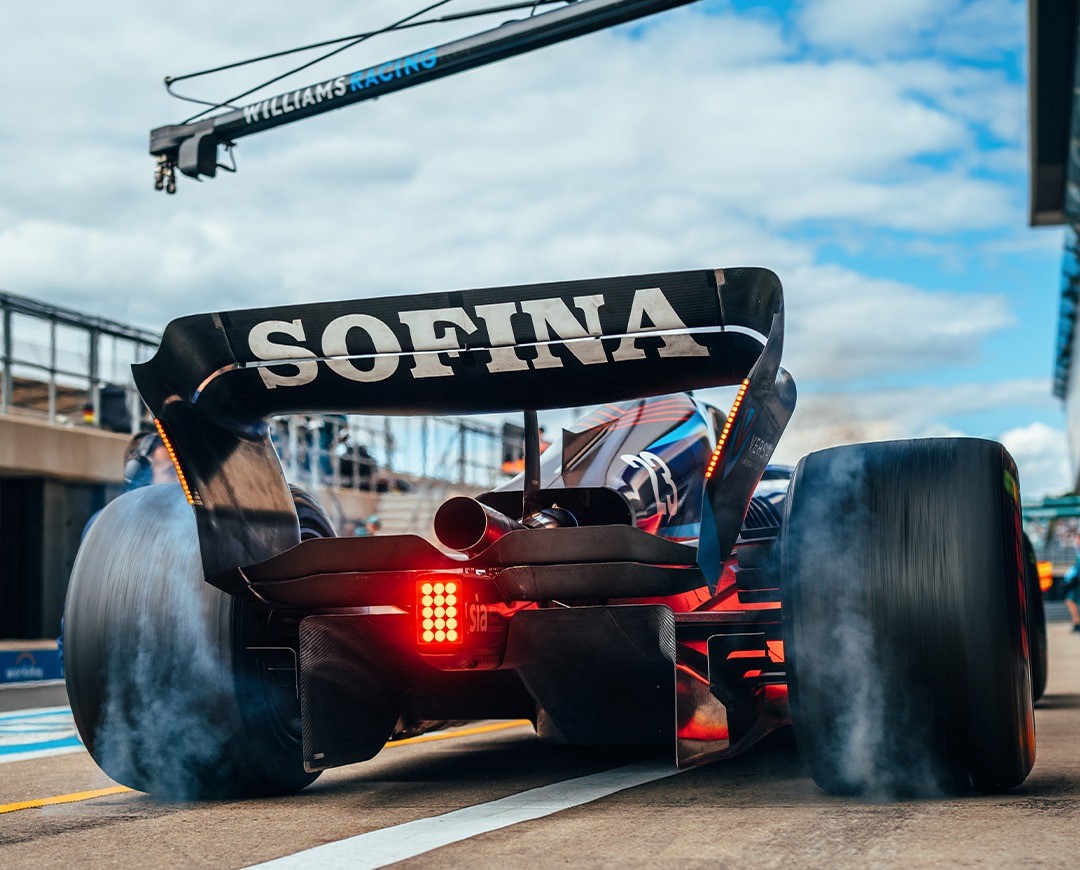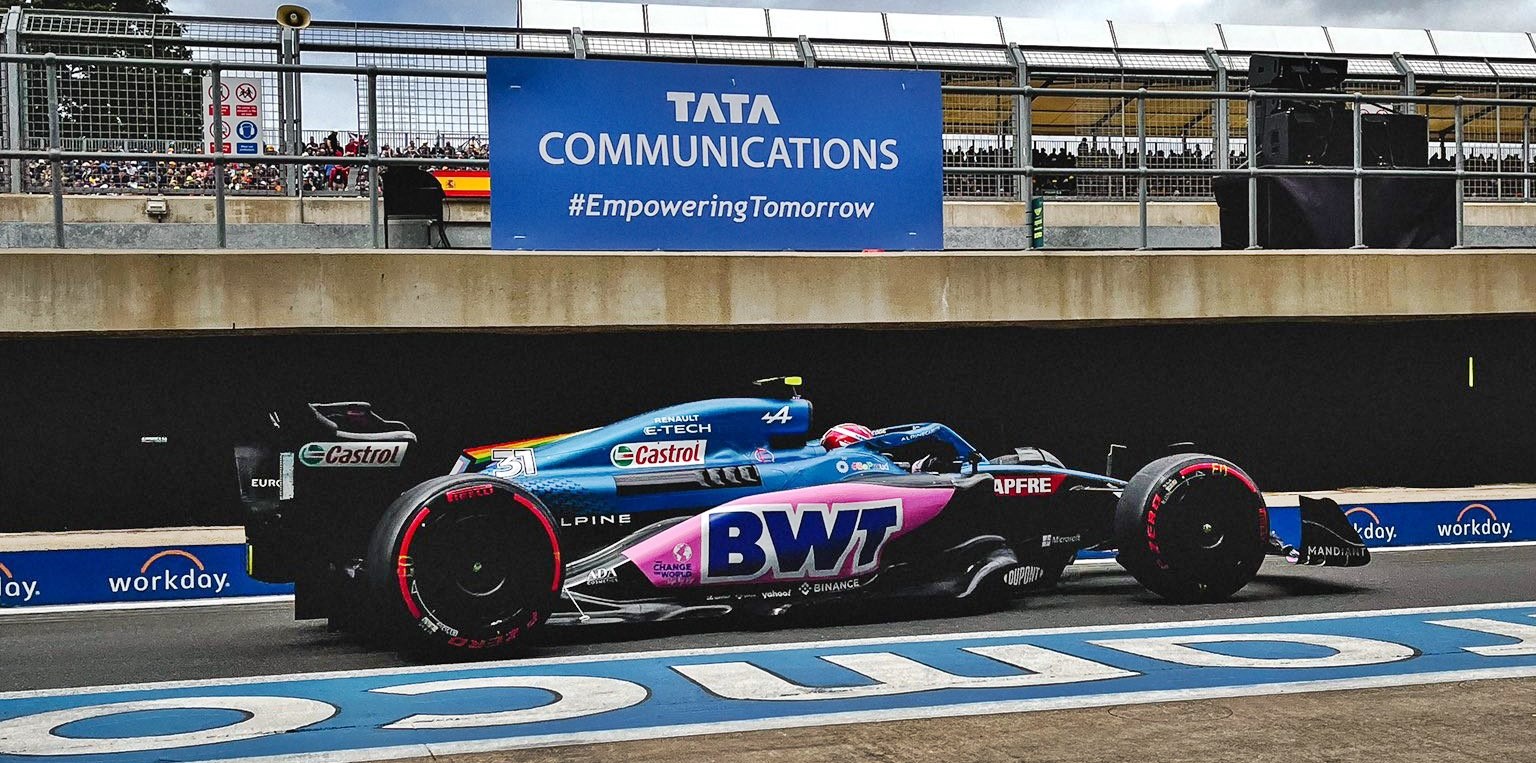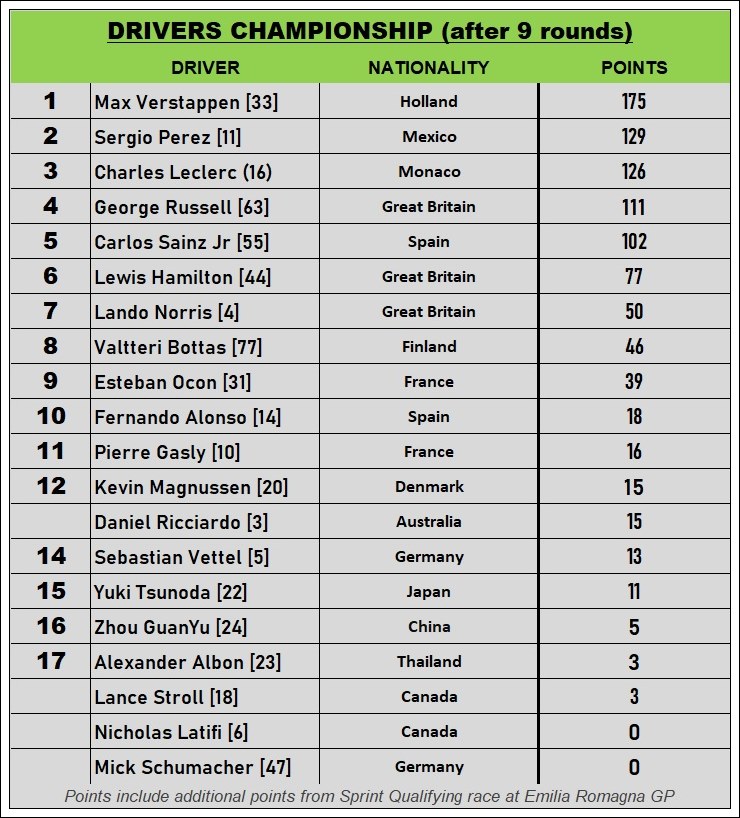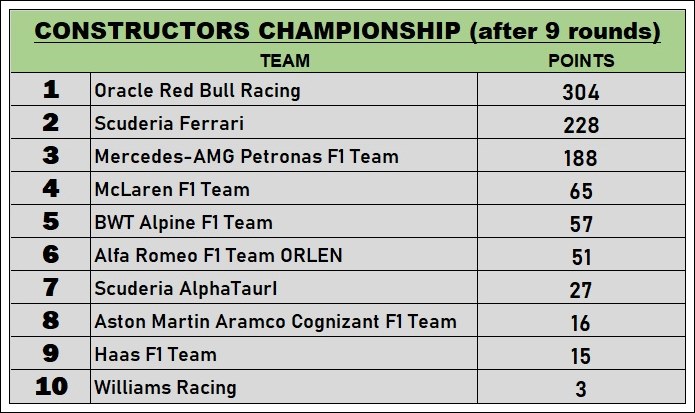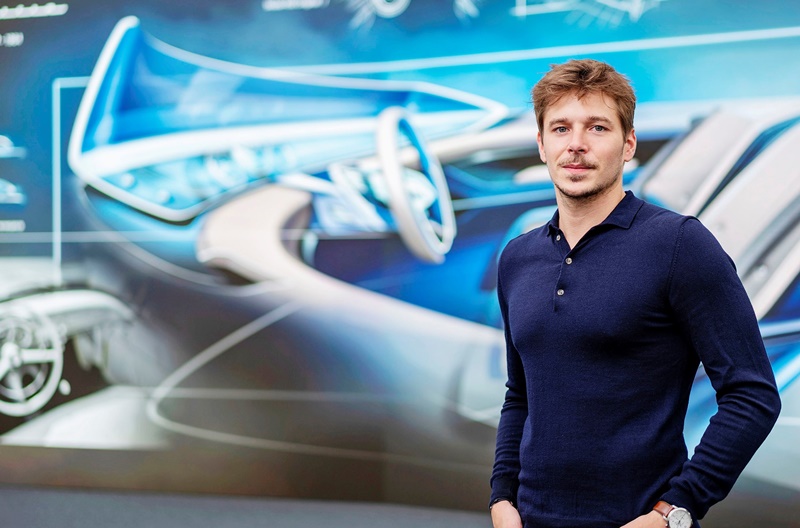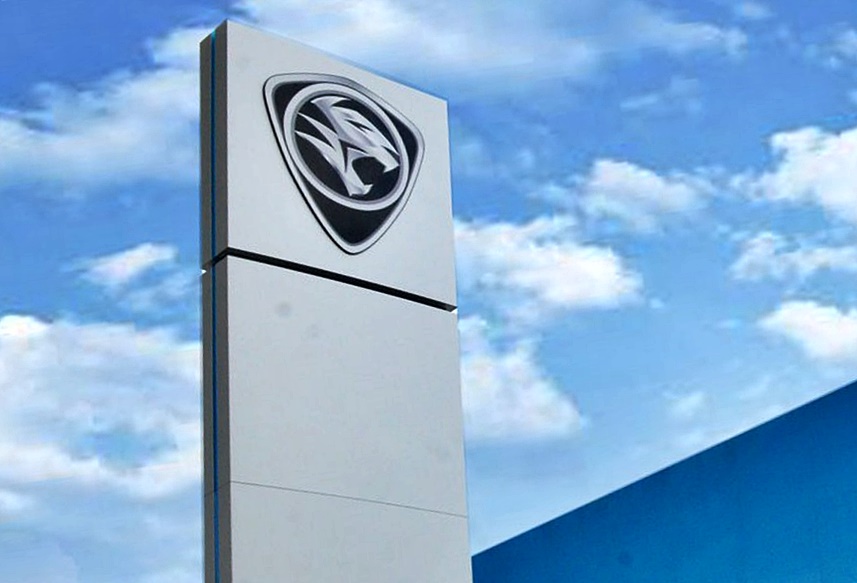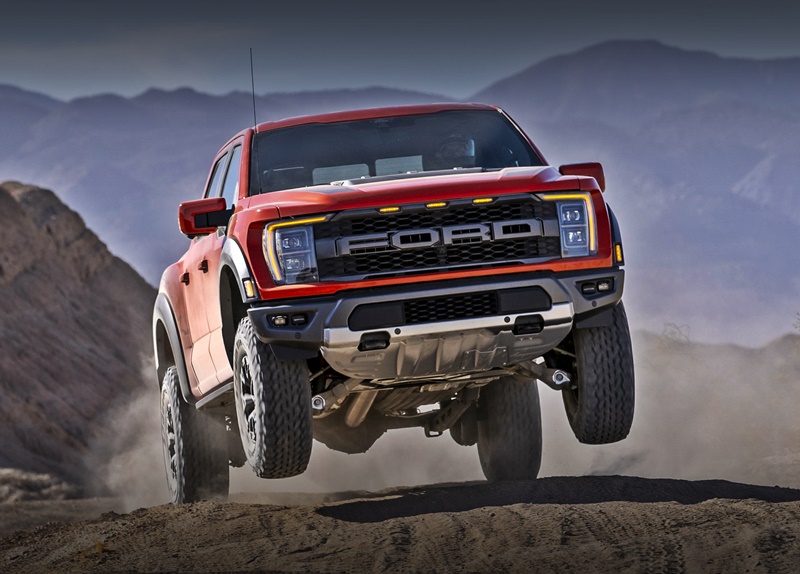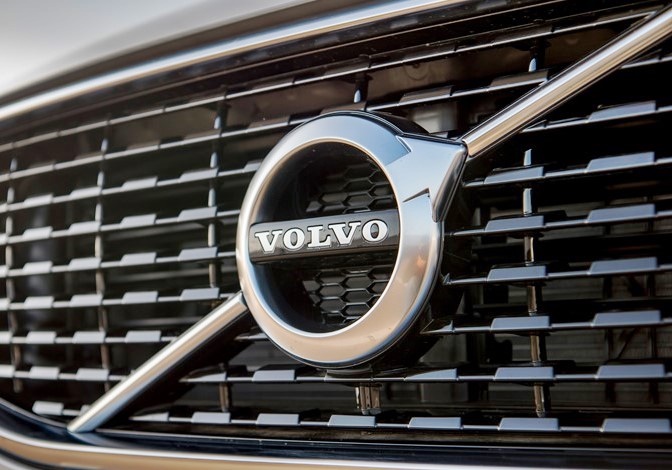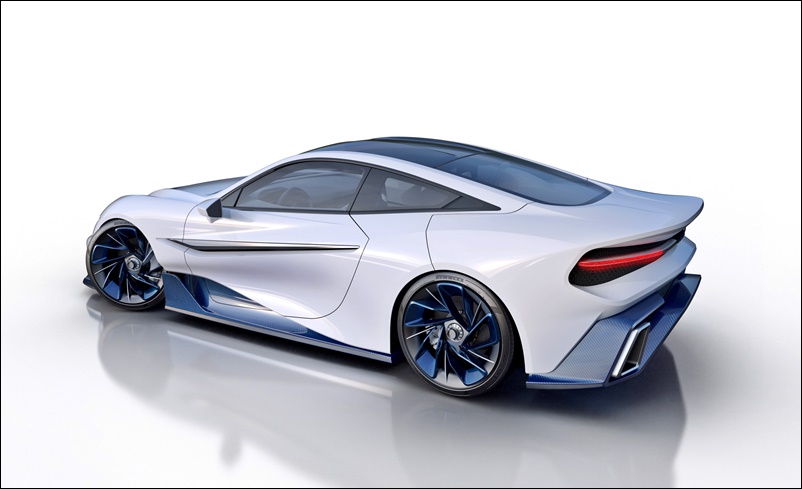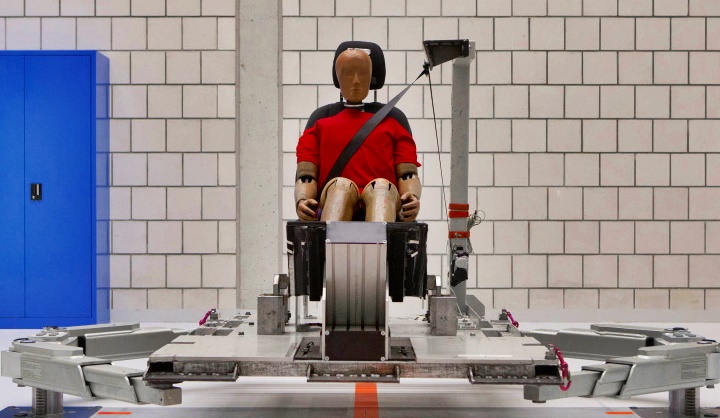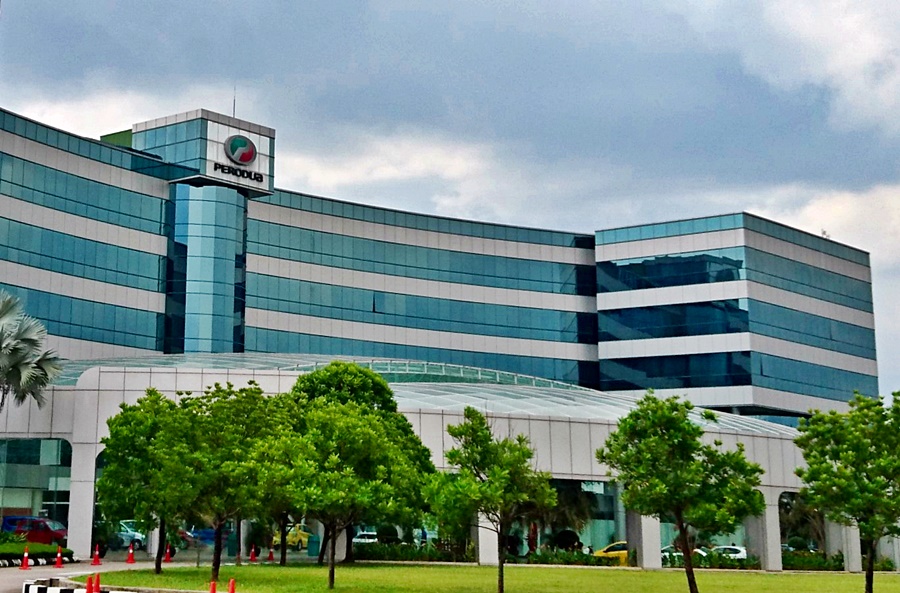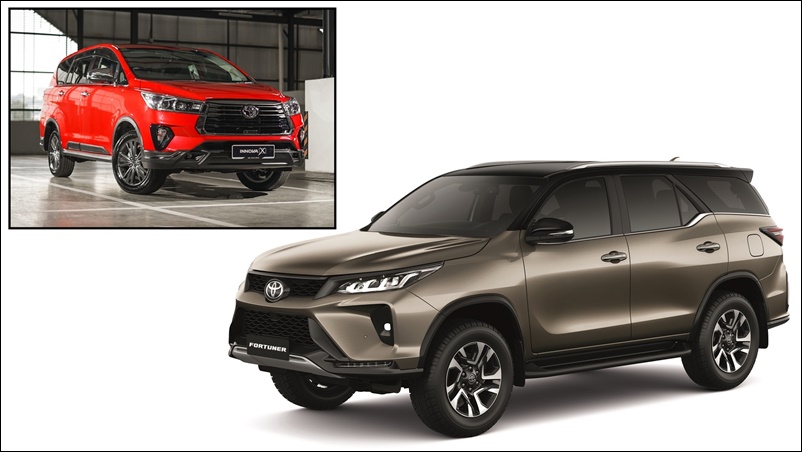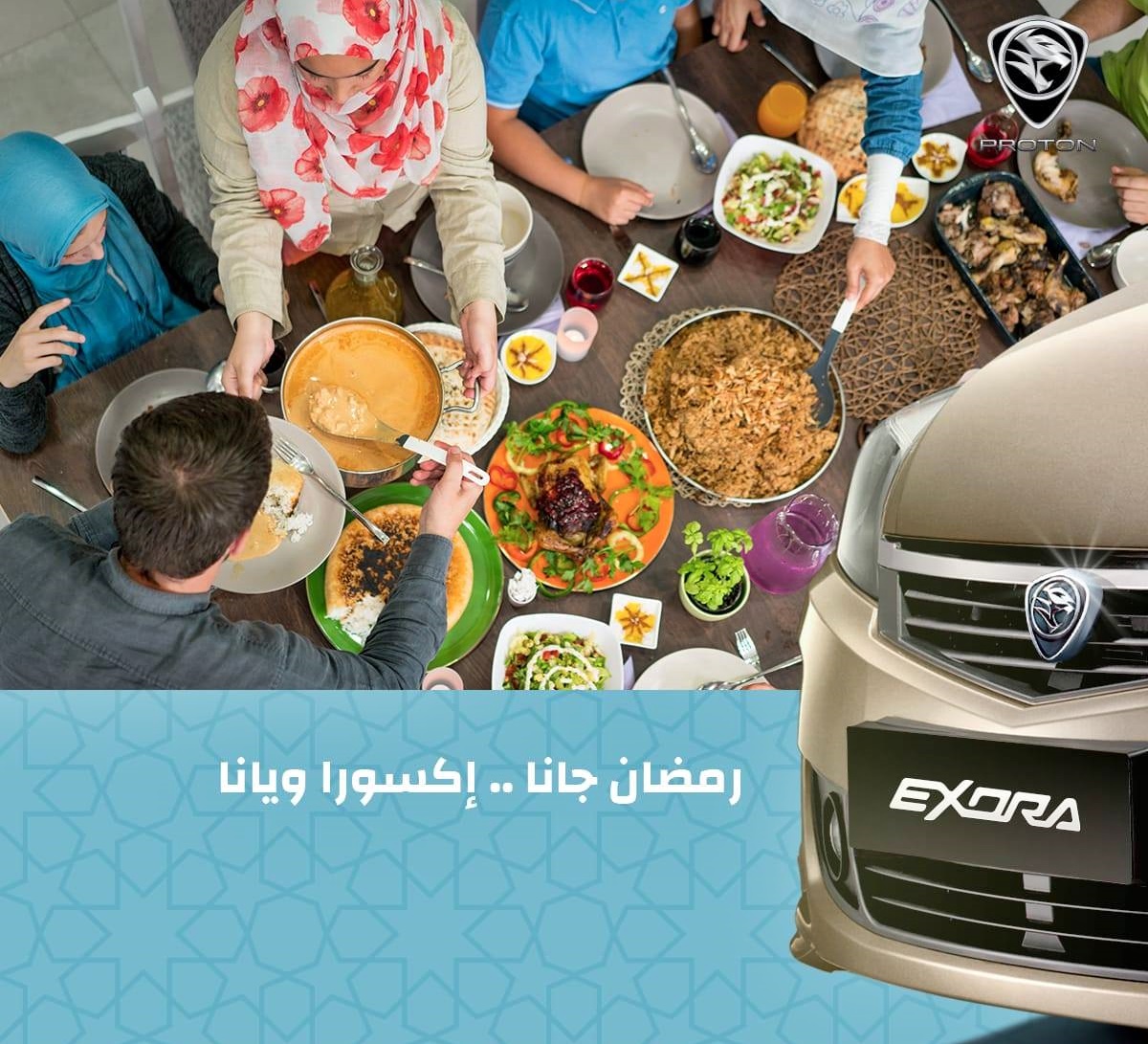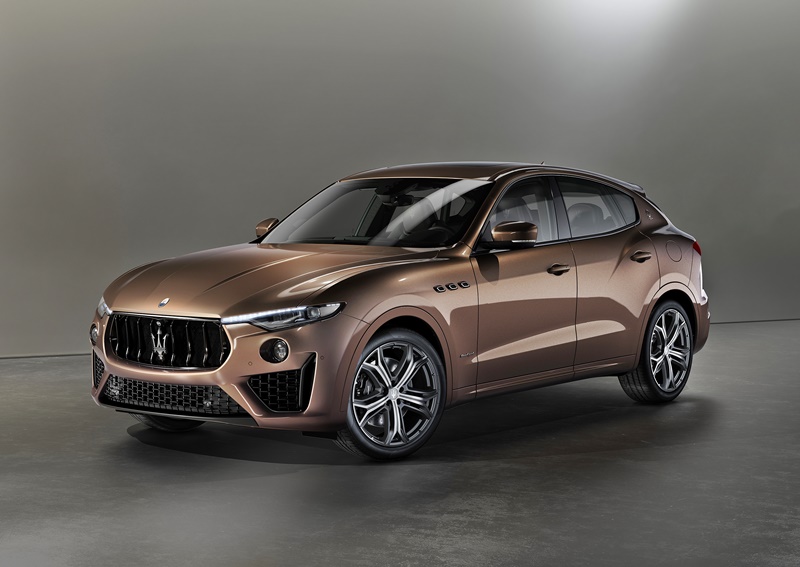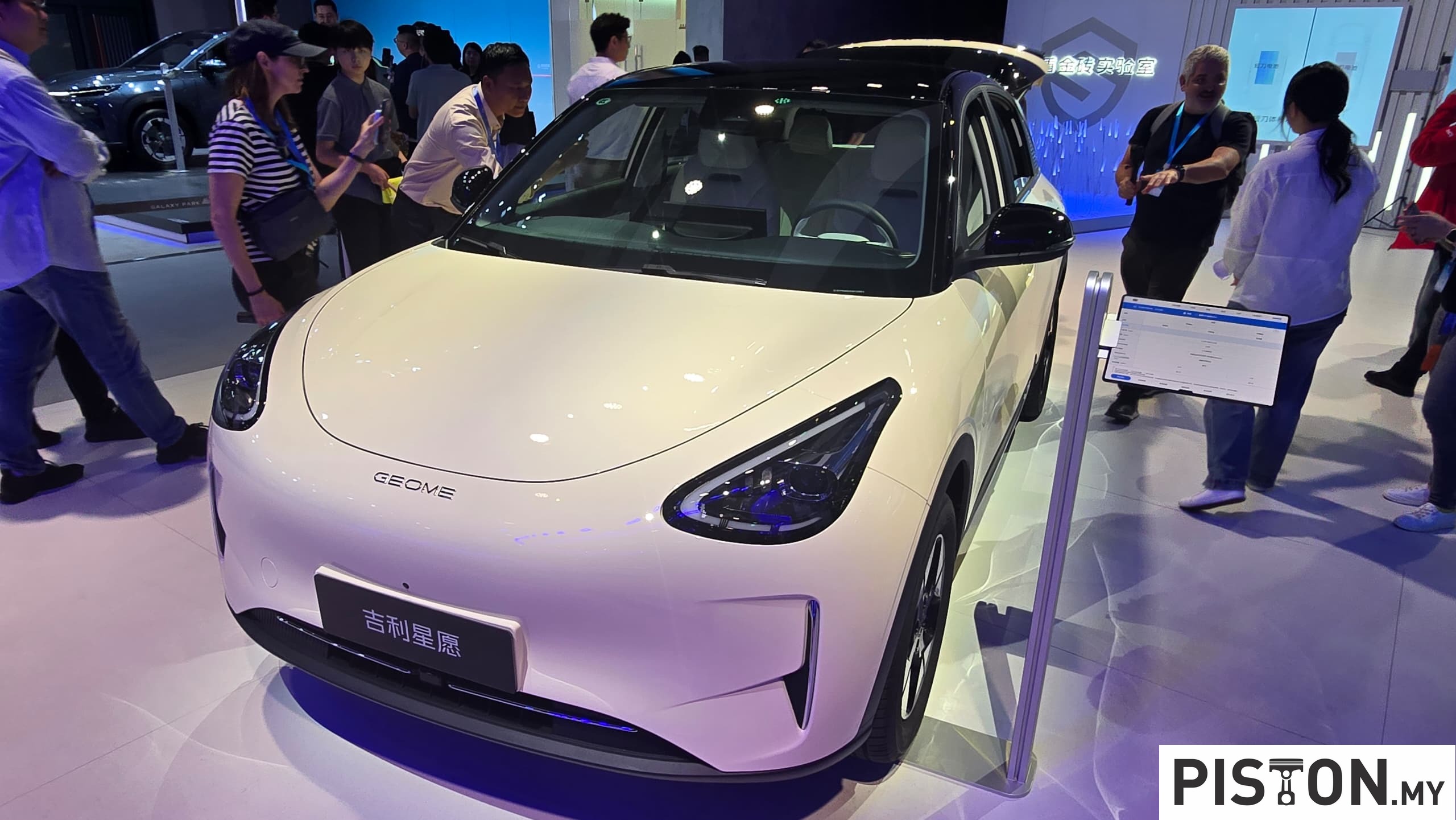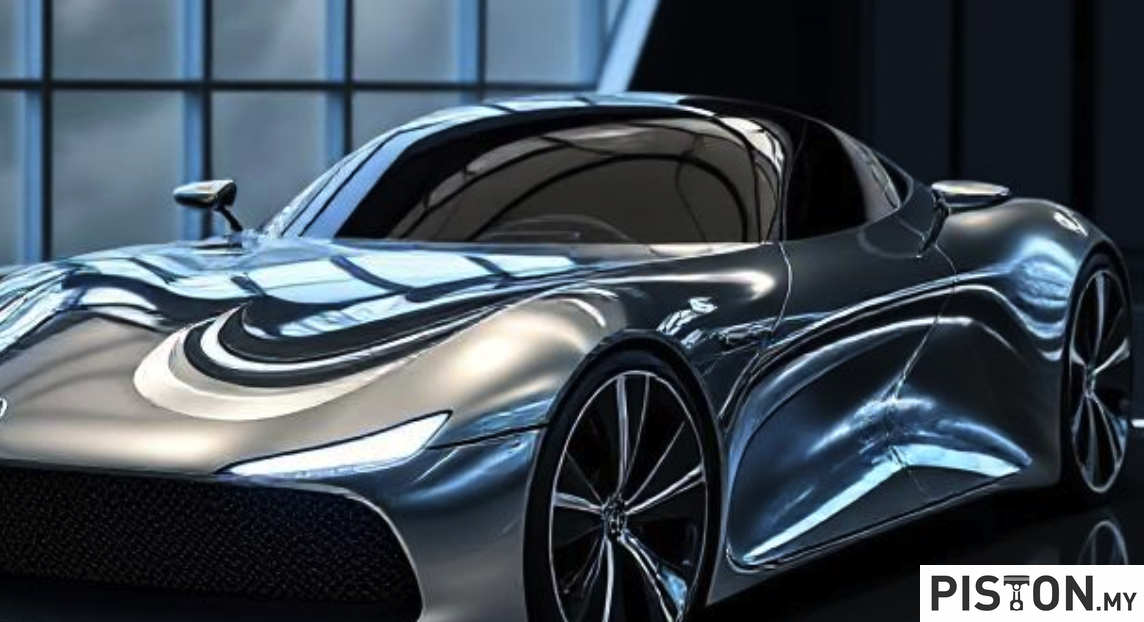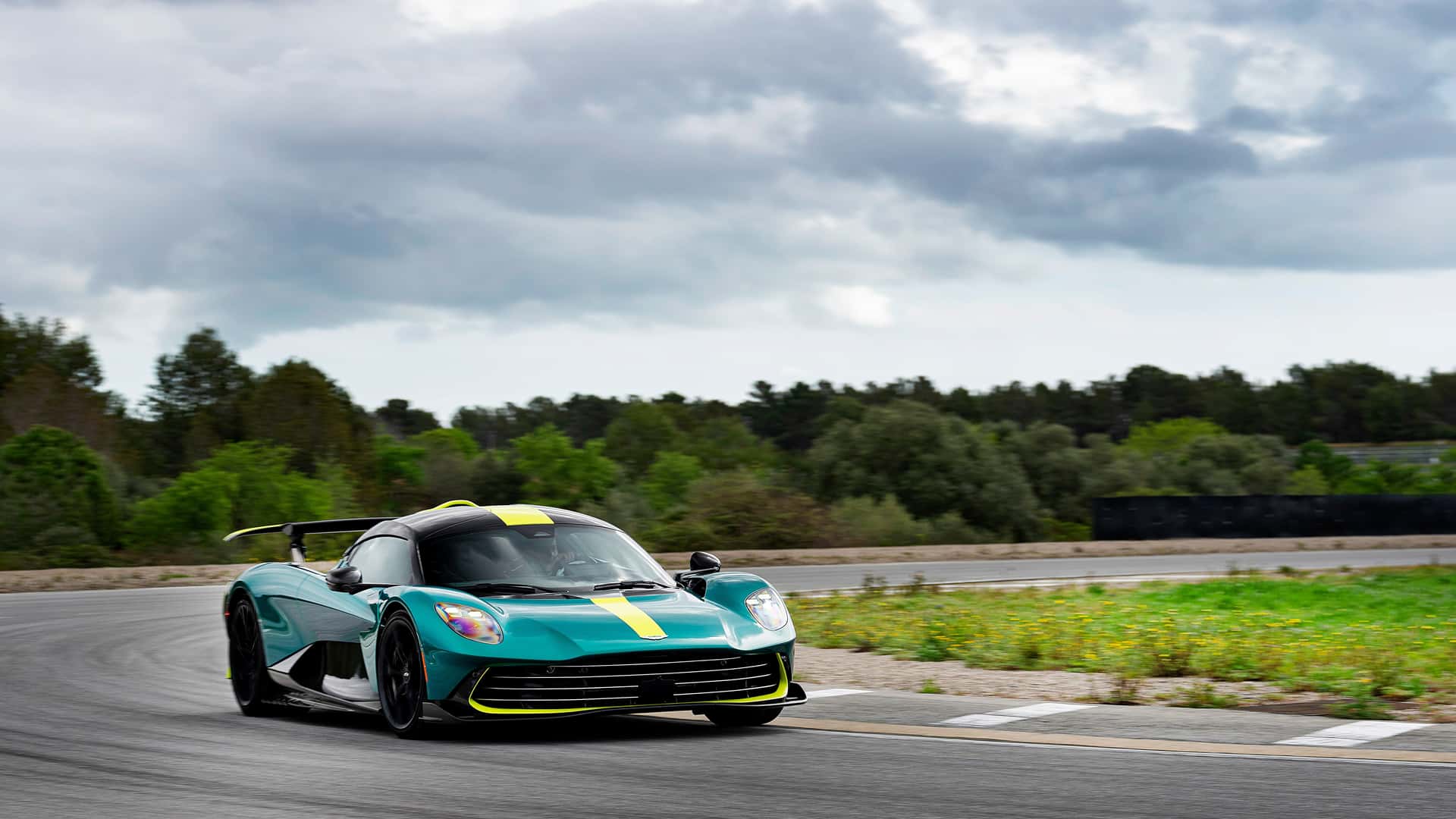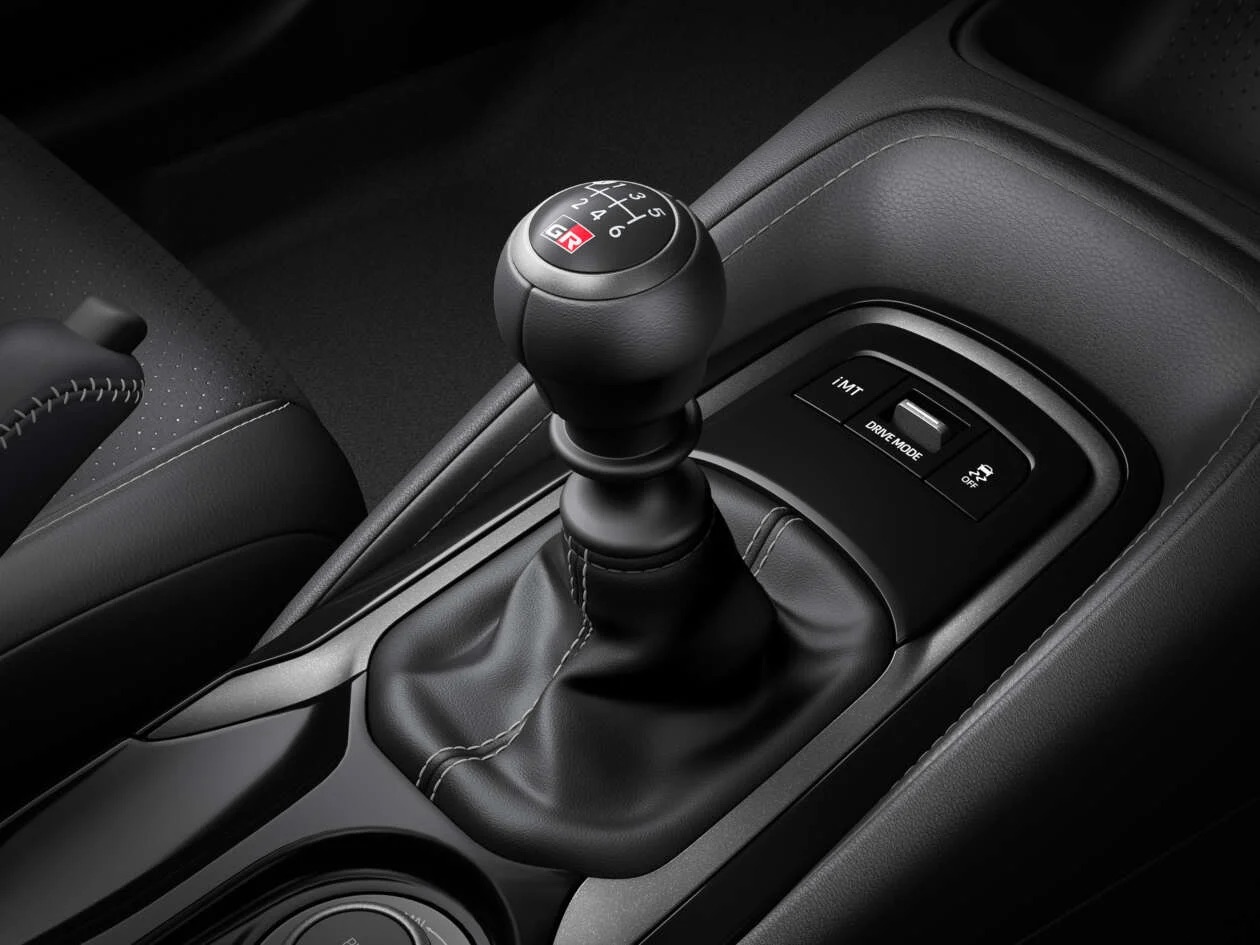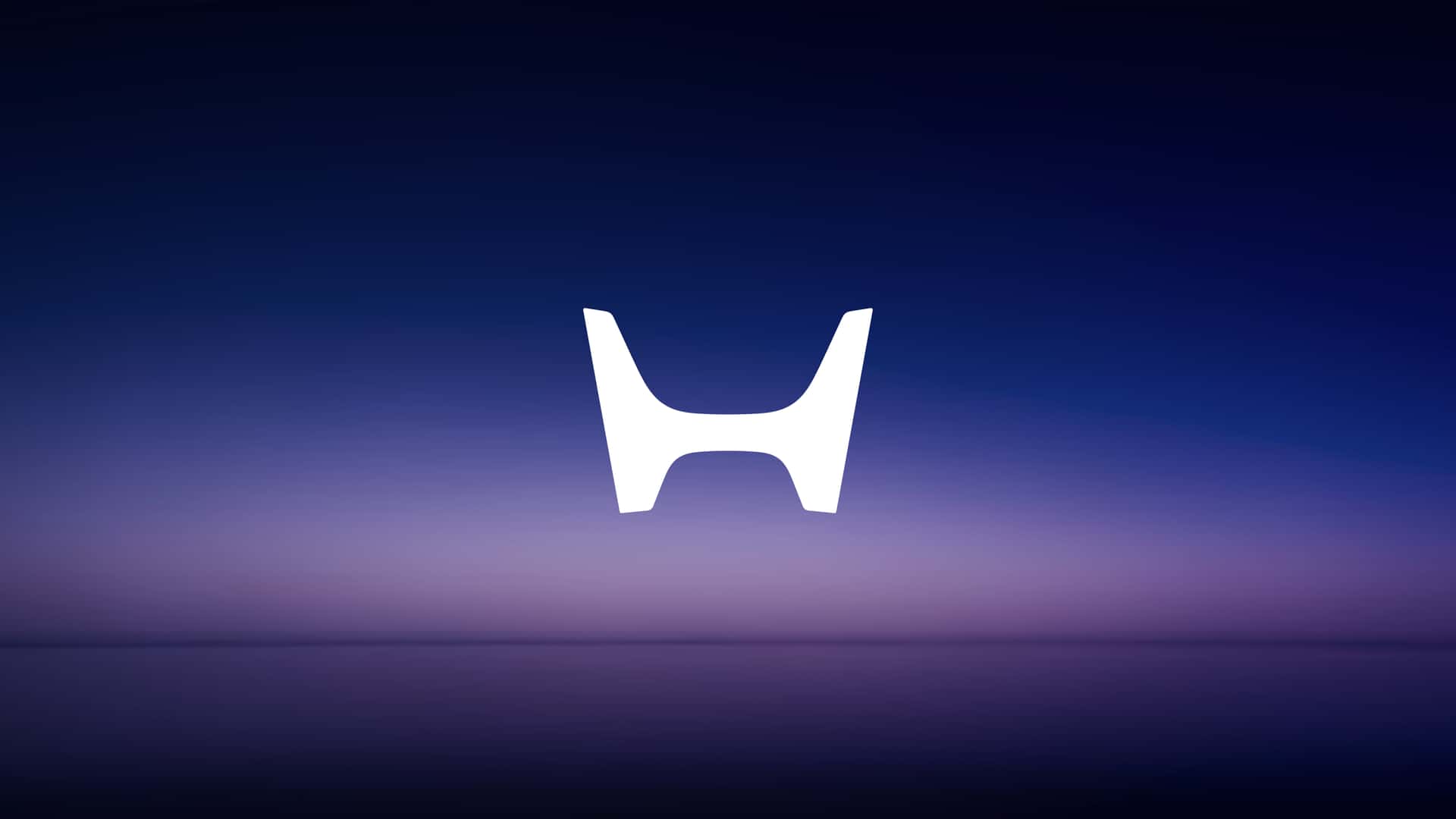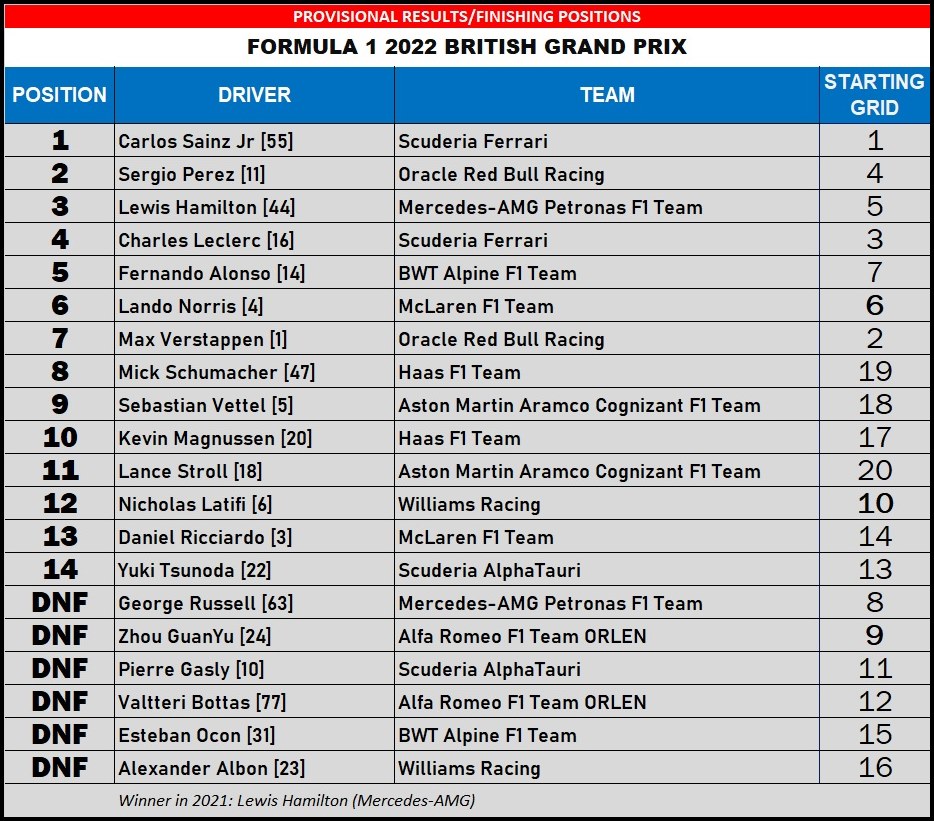
After a wet qualifying session the day before, the weather was dry though windy as the drivers took the places on the starting grid, with a 20% chance of rain being forecast. Ferrari’s Carlos Sainz, Jr. occupied pole position for the first time in his F1 career, but Red Bull Racing’s Max Verstappen in P2 would be preparing to get to Turn 1 first. In fact, the Red Bull driver even slipped ahead during the formation lap! Sainz’ team mate, Charles Leclerc would also be looking for a way to cut through both drivers from his P3 position.
As the lights overhead went out, Verstappen was able to take the lead right away, displacing Sainz to second place. Mercedes-AMG’s Lewis Hamilton managed to get through ahead of Leclerc to grab an early third place.
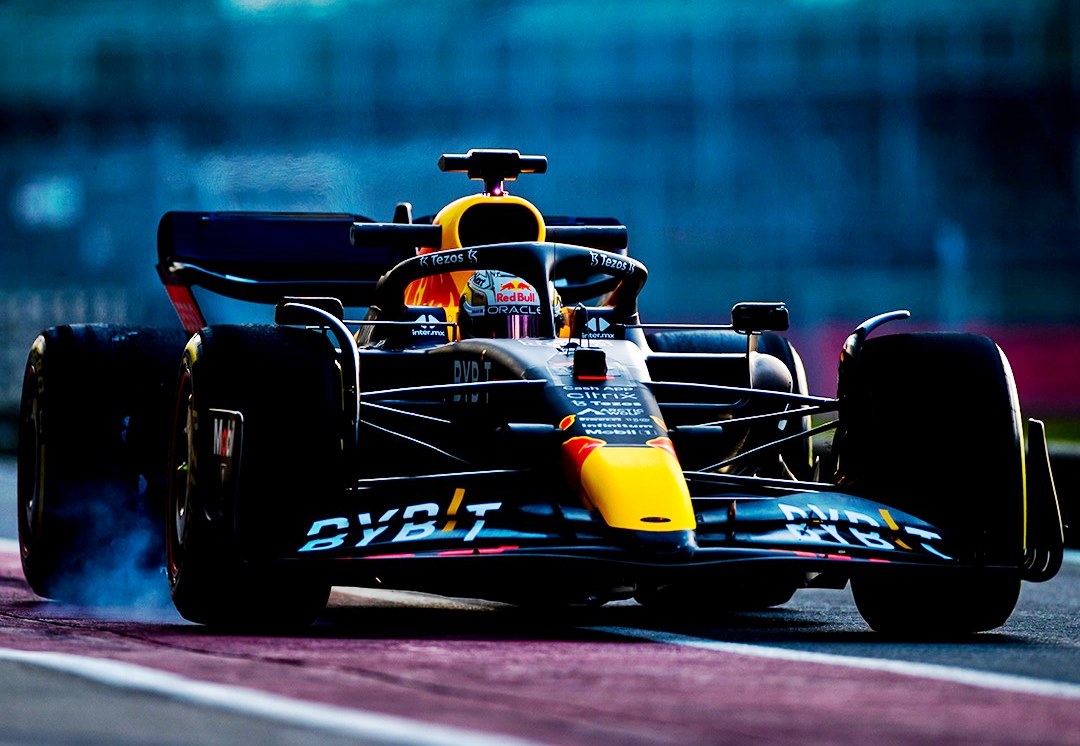
But further back, there was a lot of drama – and when the cars stopped bouncing around, out came the red flags suspending the race even before the first minute had passed. At least 5 cars were involved and damaged – Alpine’s Esteban Ocon, Williams Racing’s Alex Albon, Scuderia Alphatauri’s Yuki Tsunoda, Alfa Romeo’s GuanYu Zhou and Mercedes-AMG’s George Russell.
The Mercedes-AMG, which started from P8, appeared to collide with the Alfa Romeo which was sent upside down and sliding off the track for some distance with sparks flying. The Chinese driver was extracted from his car (which had gone over the barrier and was stuck against the fencing) and carried on a stretcher. Zhou as well as Albon were taken to the medical centre for examinations.
There was also a rather silly episode after the red flags came out as a group of people attempted to get onto the track, apparently to stage some sort of protest by lying down. Track security managed to remove them right away and passed them over to the police.
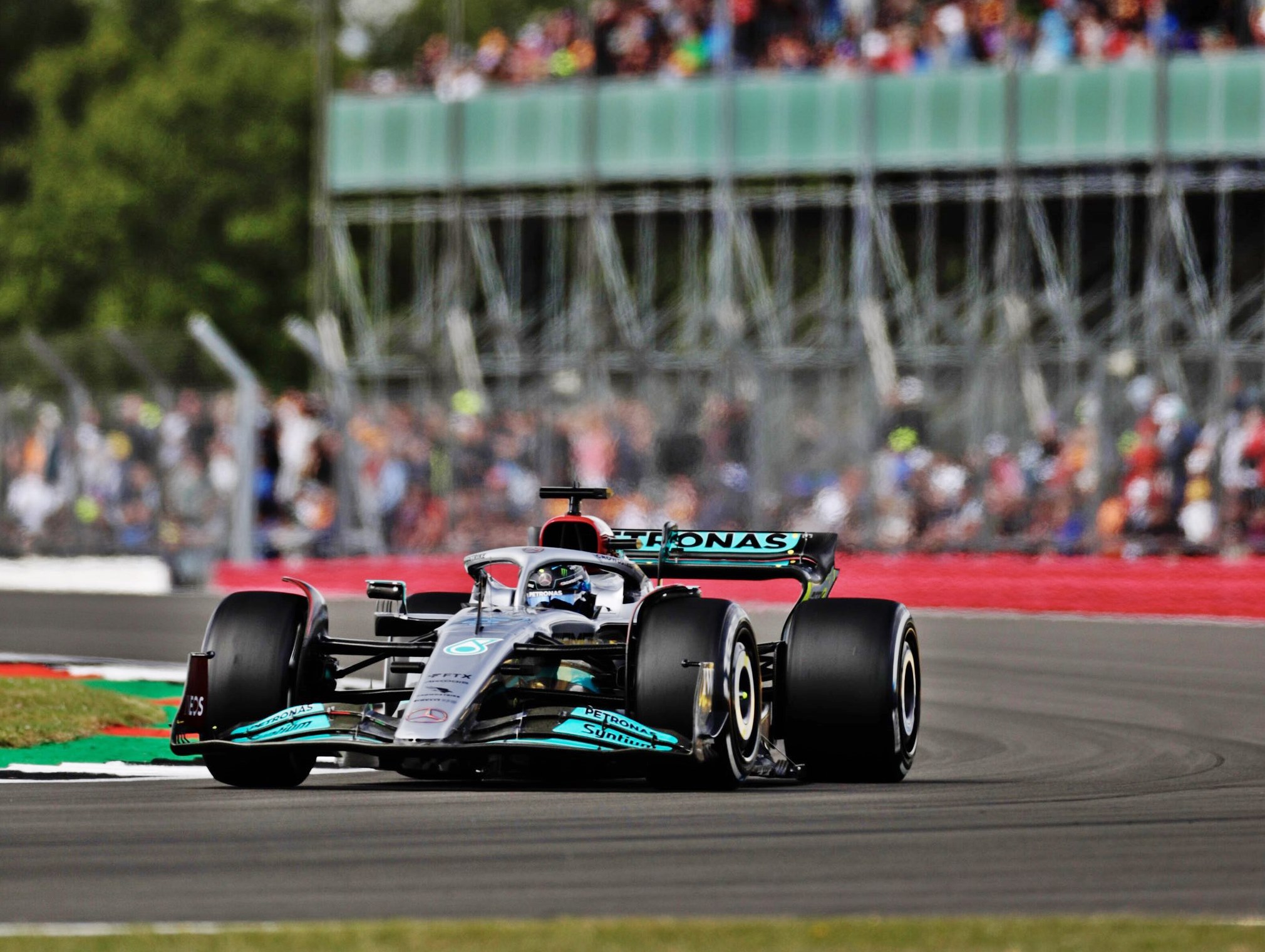
It was 56 minutes after the 2022 British GP had originally started that the race resumed. However, Russell was not allowed to rejoin the race as FIA rules state that he cannot continue racing if he had received mechanical assistance (for a puncture) during the race. It was unfortunate for the British who had jumped out of his car the moment it stopped spinning and ran over to where Zhou’s car had ended up to try to help.
As the race had not even completed its first lap when it was suspended, the restart was done with the same positions as the original grid based on qualifying times. That put Sainz back in front of Verstappen as the cars followed the green Aston Martin Safety Car around the track to a standing start.
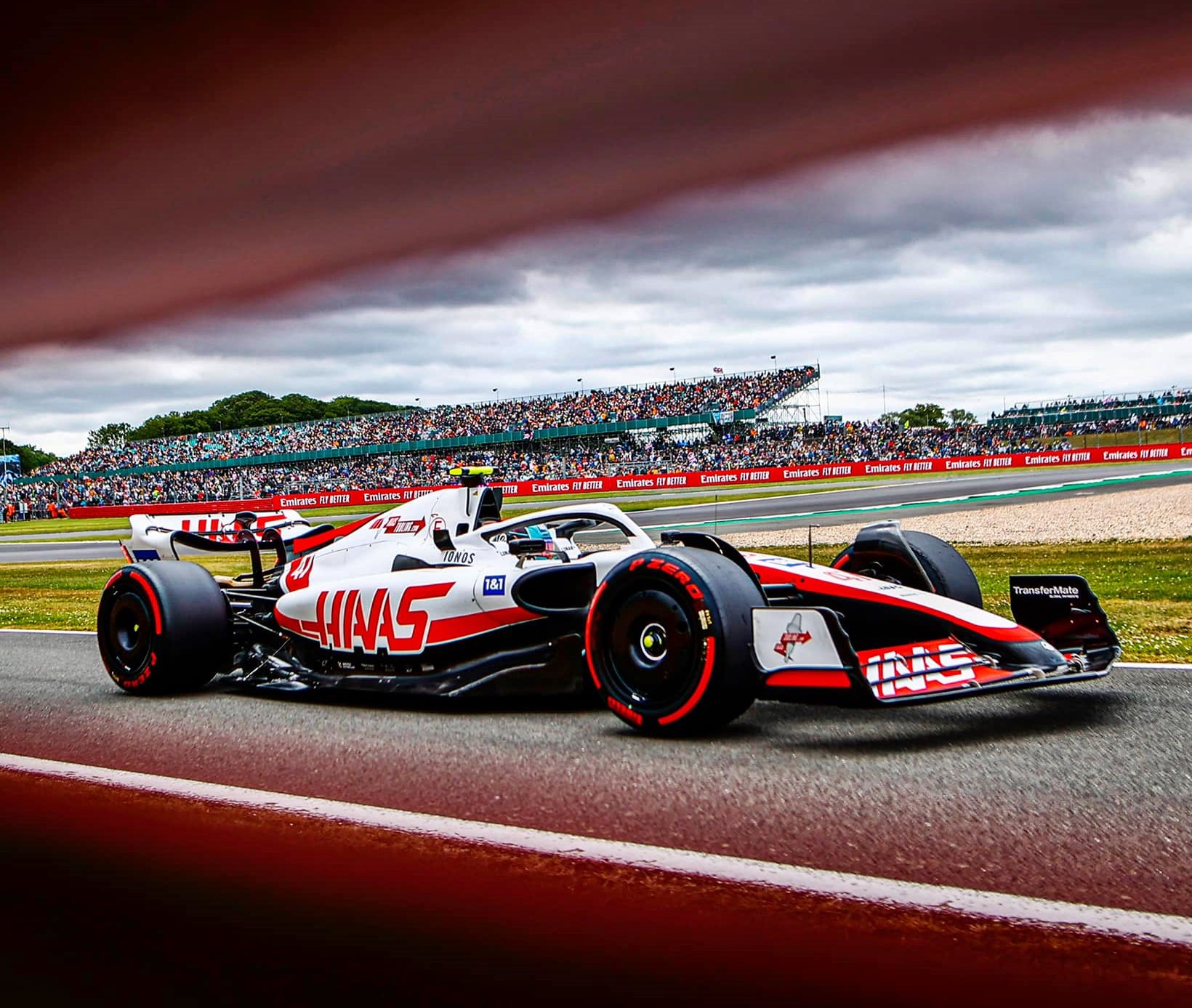
This time, Sainz managed to stay ahead of Verstappen, as Leclerc and Sergio Perez, the other Red Bull, other duelled behind. Leclerc managed to pull away and tried to pass Verstappen and contact occurred between the cars at Turn 6, with the Red Bull car getting some damage on the front wings. The Ferrari may also have got some slight damaged climbing the kerb. Perez meanwhile dropped to the back after returning to the pits to replace his wing, which was also damaged.
Hamilton would not have his team mate as wingman for this race and had to keep McLaren’s Lando Norris from displacing him from fourth position. While keeping an eye on Norris, he was also closing in on Leclerc. It took 4 laps before Verstappen finally passed Sainz on lap 10 as the Ferrari driver made a mistake and slipped off onto the grass. On lap 10 too, the two Alphatauris had a strange coming-together which saw Yuki Tsunoda going into a spin. The Japanese driver would later get a 5-second penalty for causing the incident.
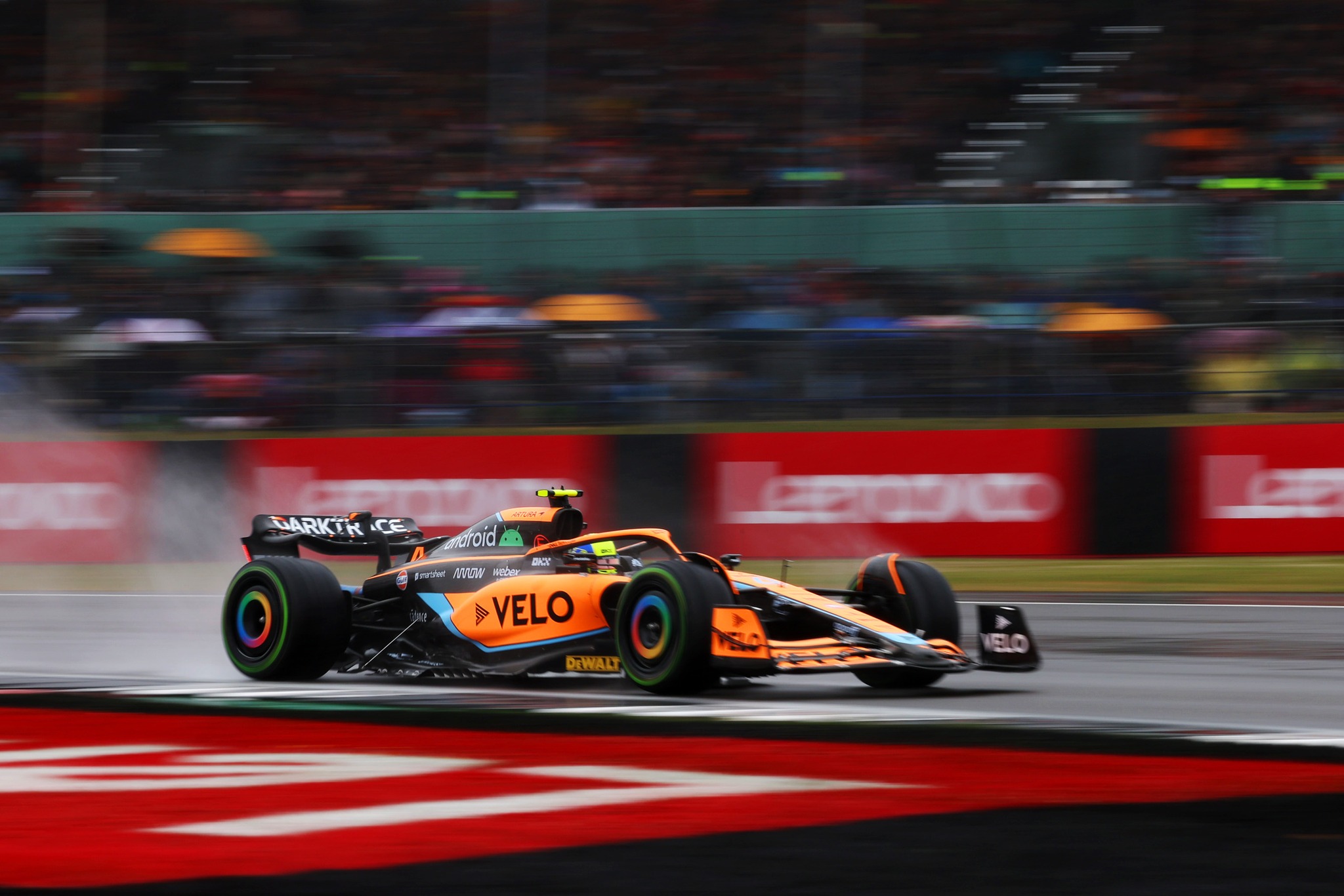
Verstappen’s lead was brief as his car appeared to slow down and Sainz shot past him. Fortunately, it was a puncture and not a powertrain fault and he was able to get back to the pits for a quick replacement. When he rejoined the race on lap 12, he was down in sixth place and would have to work hard again. He was also unhappy (saying it was ‘100% broken’) as his car seemed to have some other damage that was preventing him from pushing it harder.
Lewis Hamilton was up higher than usual (for this year) in third place but still 5 seconds behind Leclerc who was following Sainz, the race leader. Porpoising or not, the 7-time world champion was putting in quick lap times in front of the home crowd, hopeful that he could add another Silverstone victory to his collection.
There was tension between the two Ferrari drivers up front. Leclerc was eager to get past Sainz to get away from Hamilton, who was closing in. But the team did not seem willing to ask Sainz to ease off; in fact, they were urging him to push harder. Verstappen was still holding sixth and could not push harder.
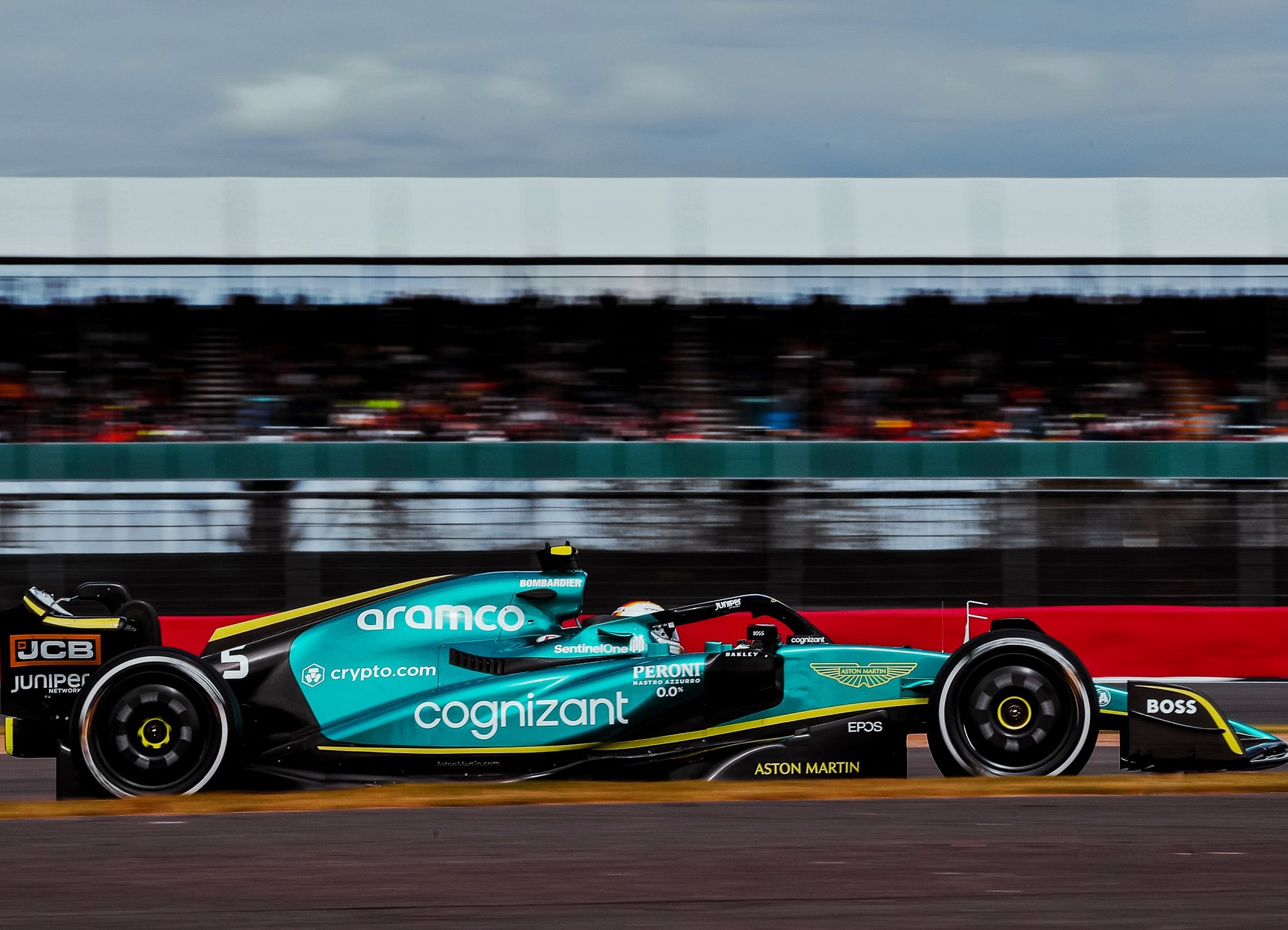
On lap 20, Sainz gave up his lead to Leclerc as he headed into the pits for new tyres. When he rejoined, he was behind Hamilton who was about 3 seconds behind Leclerc. Meanwhile, the second Alfa Romeo driven by Valtteri Bottas was out.
Verstappen was not having a good day and even after coming in again for hard tyres, he was finding that the grip was poor. Team mate Perez was two positions ahead in sixth which the Dutchman had held for a while.
A loud cheer went up as Hamilton moved into the lead at the British GP when Leclerc pulled into the pits on lap 25. He may have had bad luck all year but at the race which has has been won 8 times, he was in the lead. It was crucial for Leclerc to stay in touch so even though he had a damaged wing, he was asked to stay in the chase. He was within sight of his team mate and was given the go-ahead to compete for the second position with Sainz. But by lap 31, the team decided that Leclerc had the edge and asked Sainz to let him through. There was still an 18-second gap to reach the Mercedes-AMG.
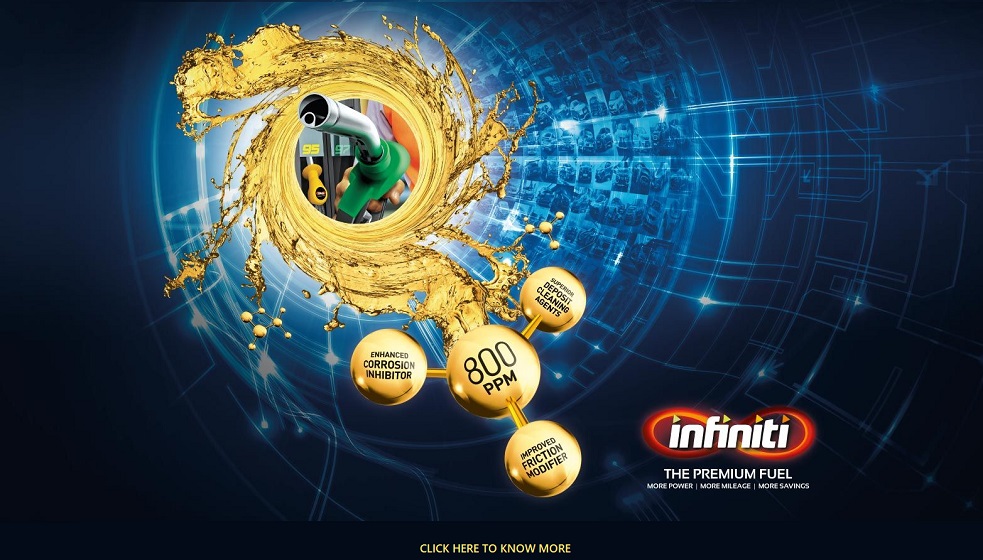
On lap 32, Ocon skipped past Williams Racing’s Nicholas Latifi to slot into ninth place and then came right behind – and passed – Verstappen. But he was then pursued by both Haas F1 drivers. Mick Schumacher was eager to secure a position in the top ten to collect his first points in Formula 1.
On lap 38, Hamilton began to feel vibrations and he was asked to come in to get new tyres. 4.3 seconds at standstill and off he shot to rejoin in third place. He would need a little while to get his tyres warmed up before going after the Ferraris that were 4 seconds ahead.
Ocon leading the world champion Red Bull driver was a short pleasure the Alpine driver then had to pull over 3 laps later to retire from the race when his fuel pump failed. This brought out the Safety Car on lap 40. Sainz and Hamilton took the opportunity to come in for soft tyres but Leclerc remained running to gold on to the lead.
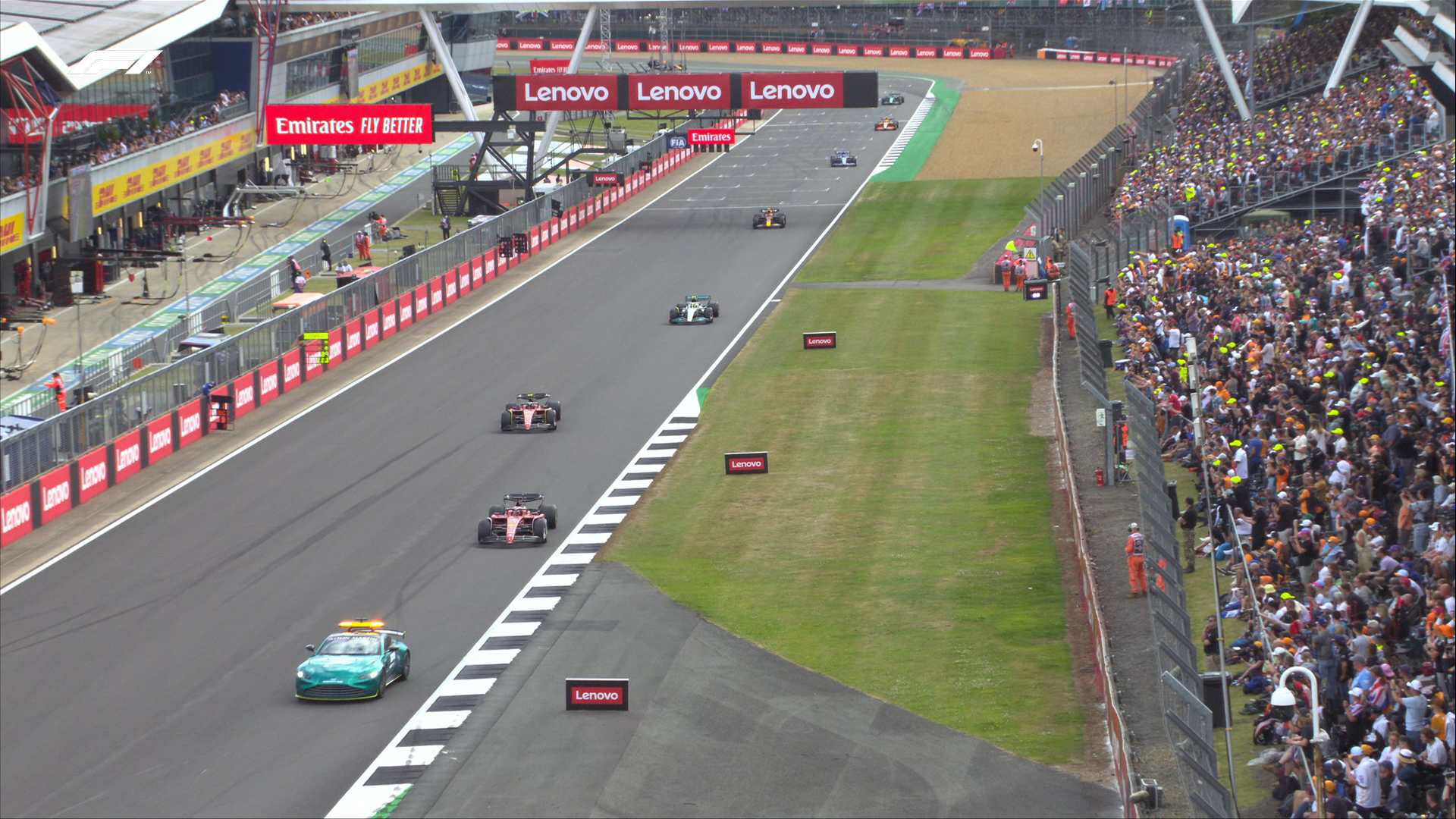
After 2 laps, the Safety Car pulled in and racing resumed. Leclerc was on hard tyres but the 4 cars behind him had moved to soft tyres. It was lap 42 and of the 20 cars that started, 6 had retired.
Perez had been ready for the restart and managed to get past Hamilton at Turn 5. Leclerc was forced to go wide by Sainz as the Spaniard got ahead of his team mate at Turn 6. As Sainz pulled away, Perez and Hamilton were getting closer even while fighting each other. Top Gun Maverick Tom Cruise, who was among the spectators, would have appeciated the ‘dogfights’ taking place.
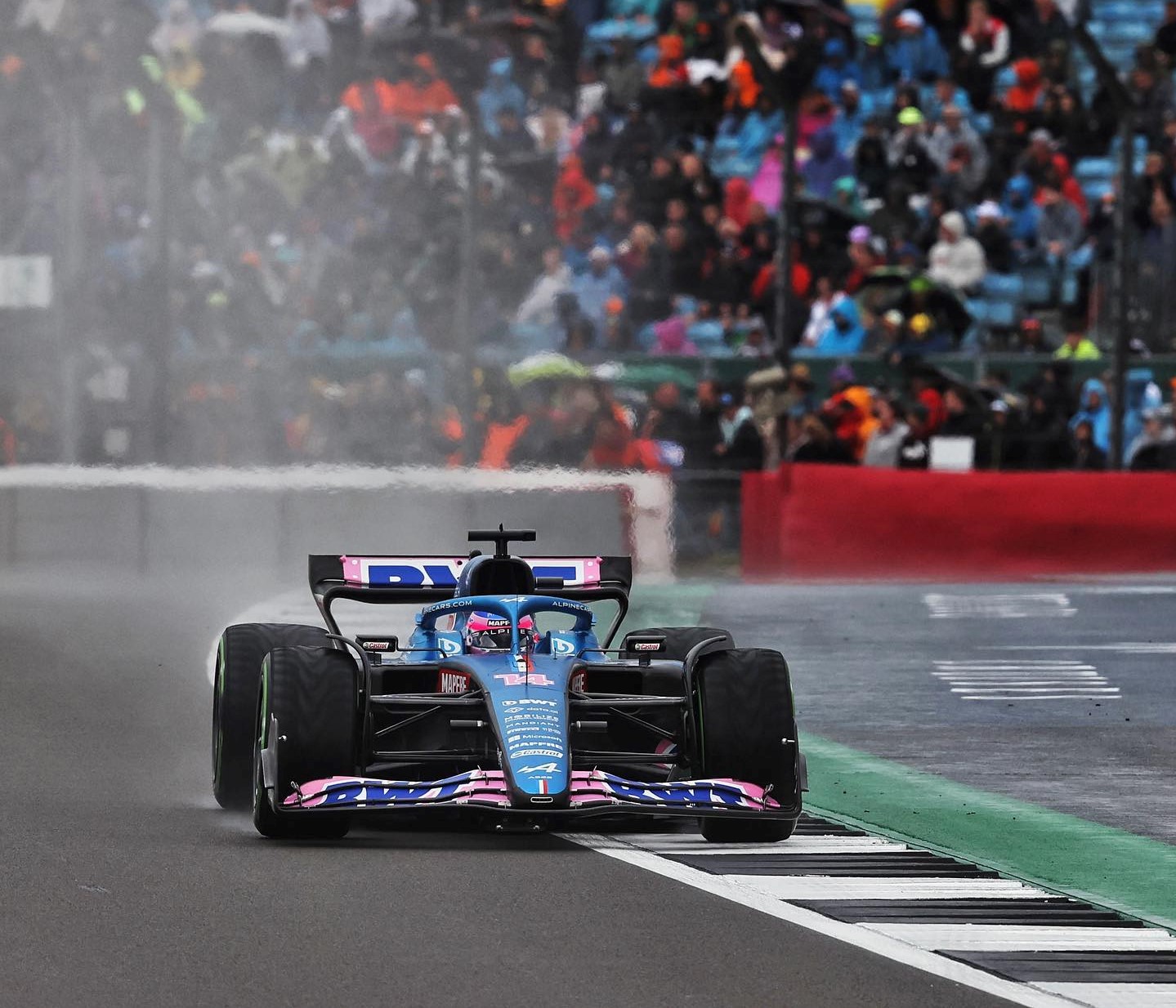
Hamilton’s pursuit of Leclerc and Perez was distracted by the presence of Alonso and Norris coming up behind as well, so it was getting to be an intense race as 5 laps remained. On lap 47, Hamilton got past the Ferrari and began to go for Perez who was 3 seconds ahead. Further back, Schumacher was trying hard to get past Verstappen and get extra points by the finish line.
And on lap 52, Sainz managed to keep his lead to take the chequered flag for very first F1 win, after having also started from pole position for the first time as well. Try as he did, Hamilton just could not close the gap with the Red Bull driver in time, but at least got to stand on the podium as well to wave at the home crowd.

